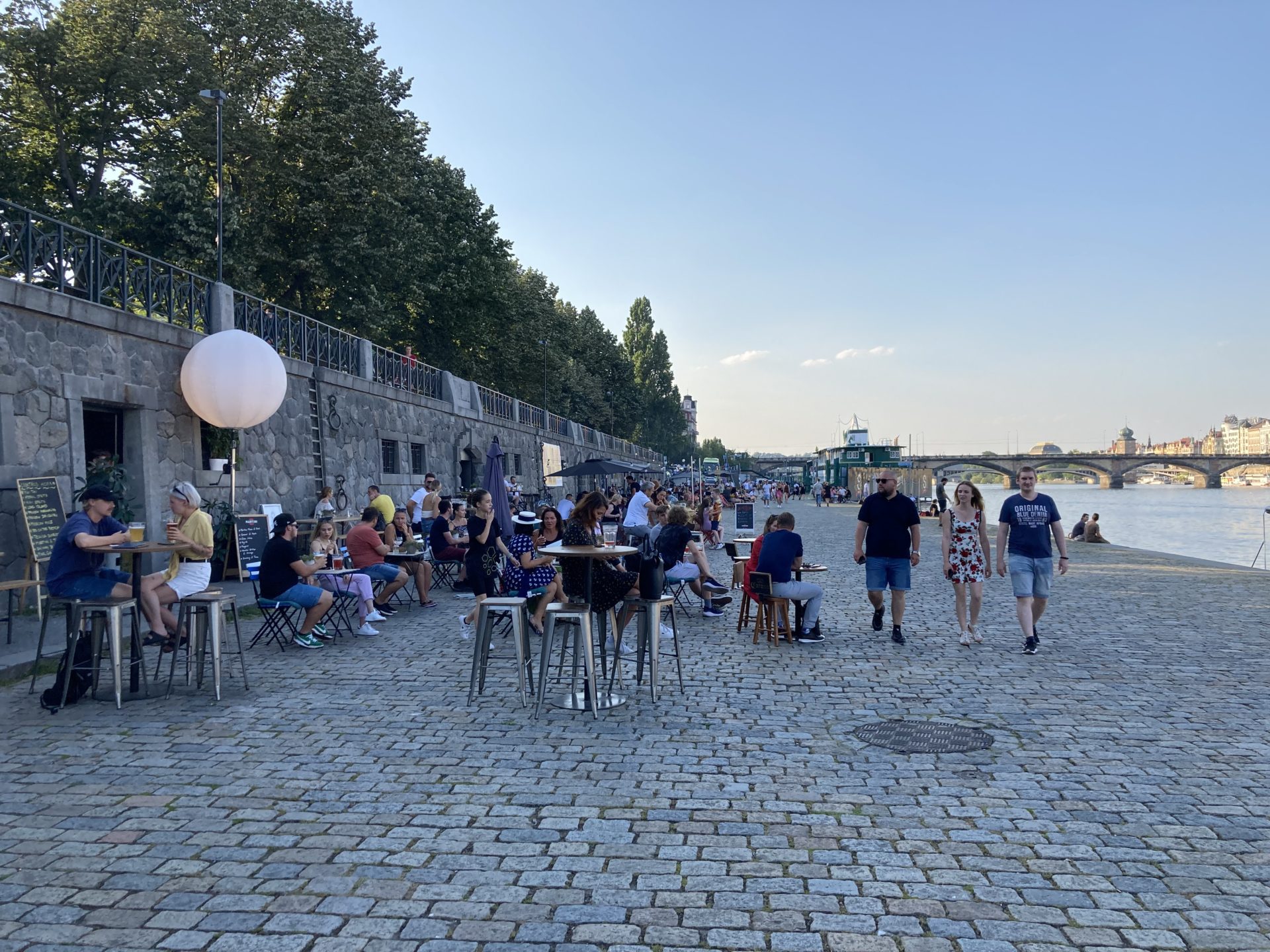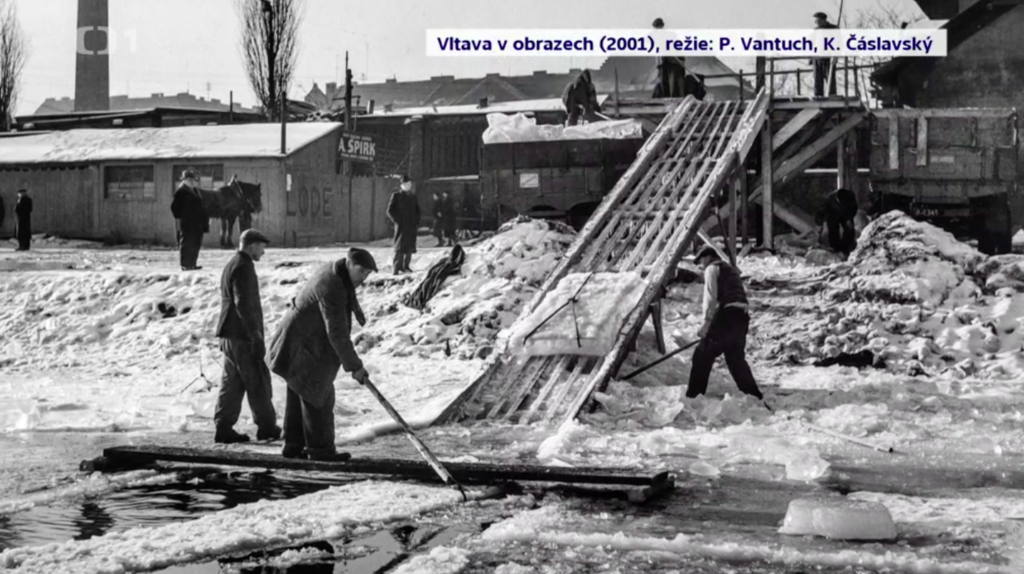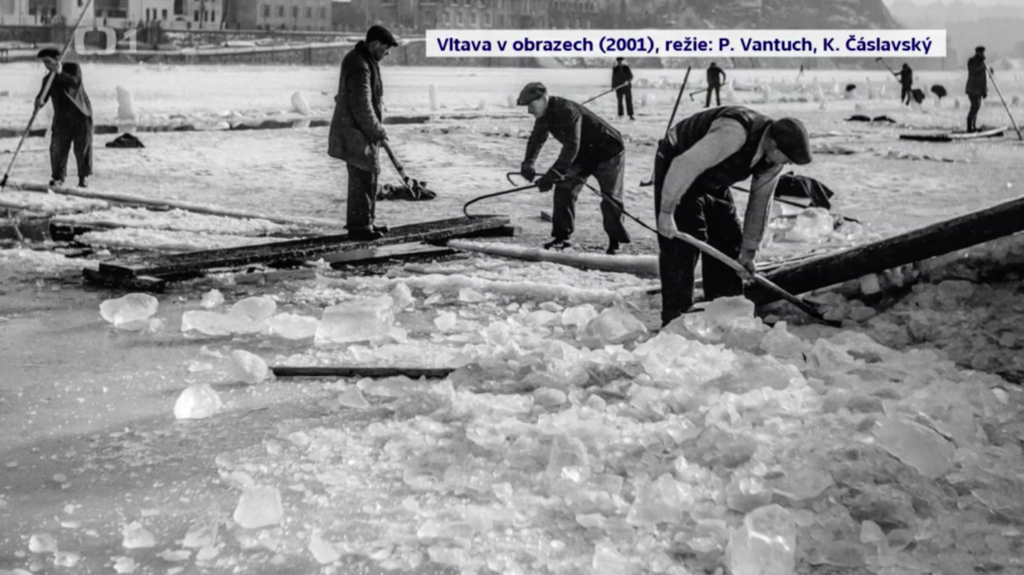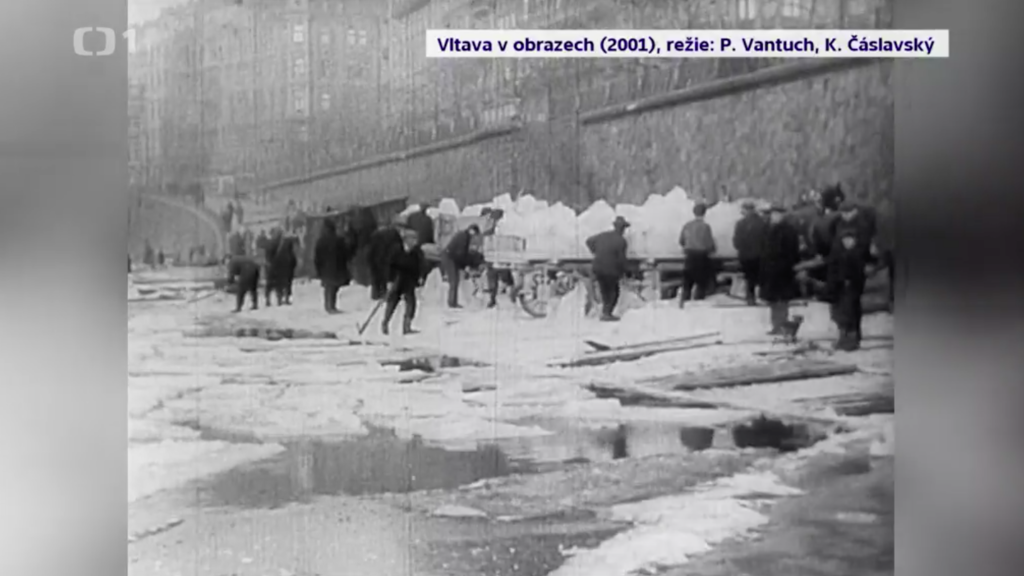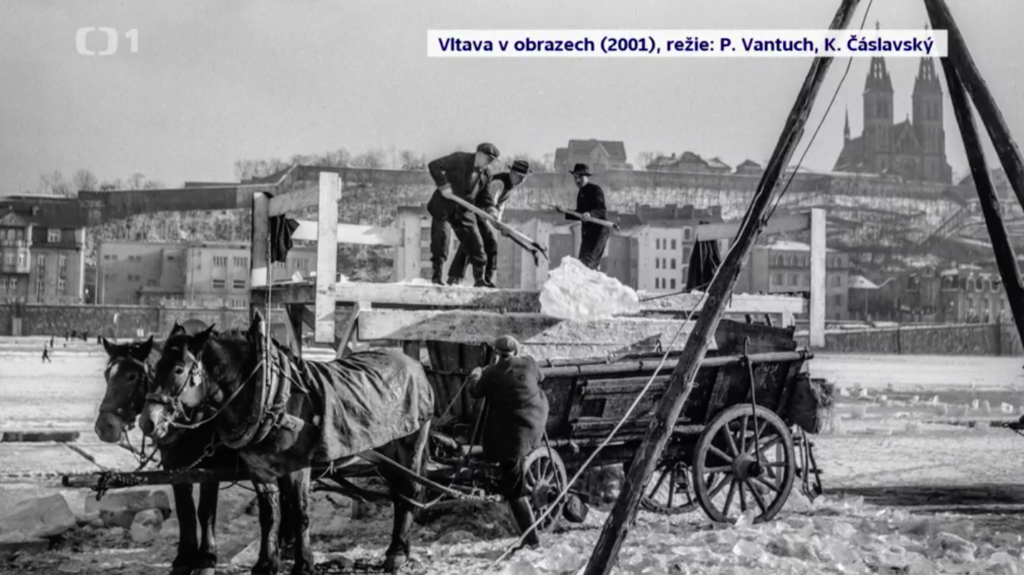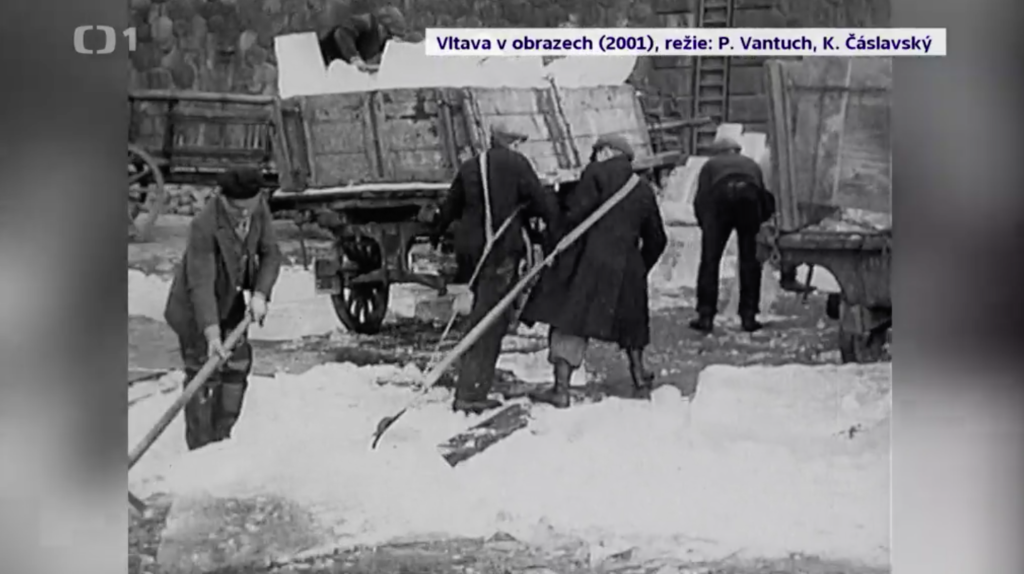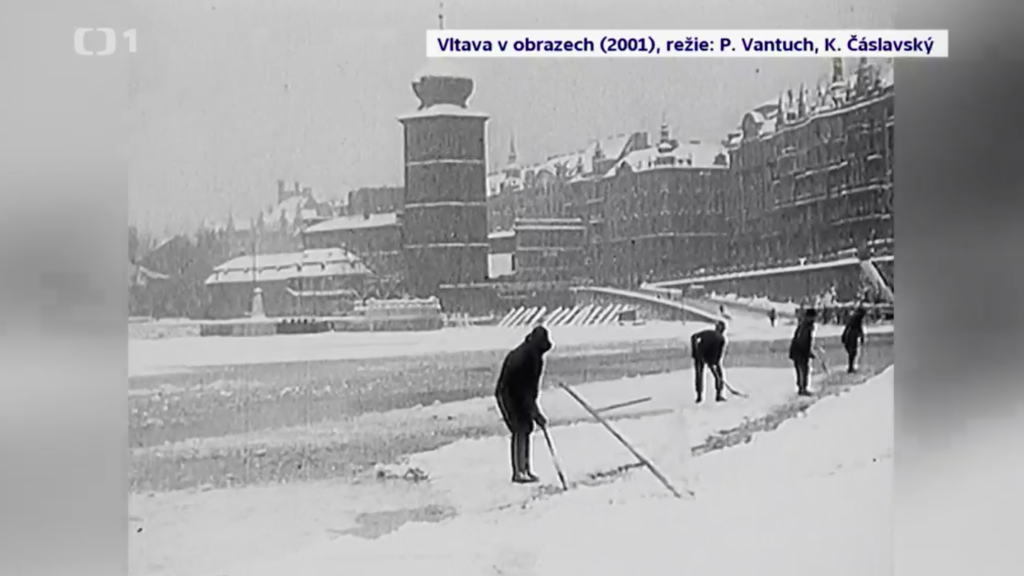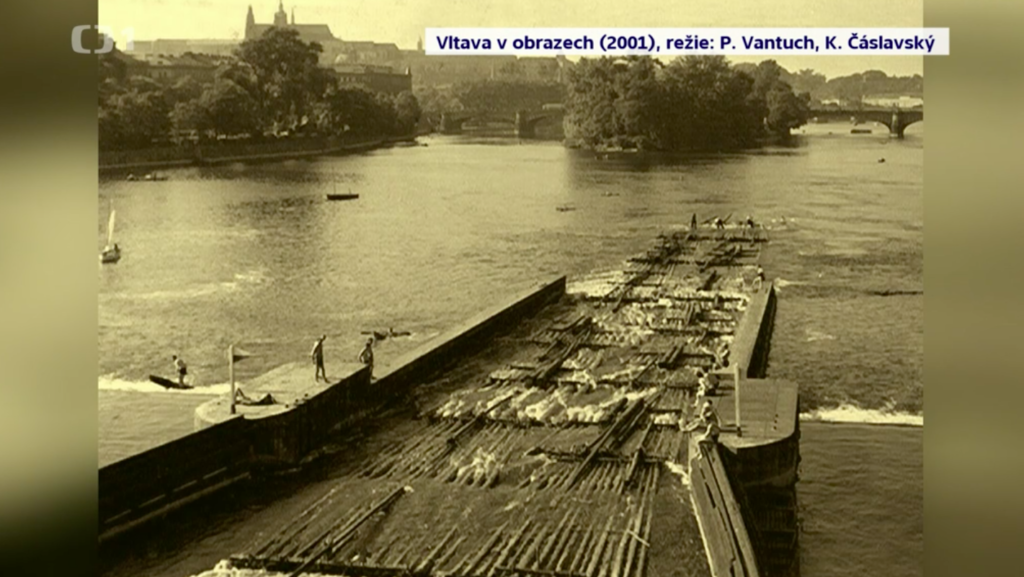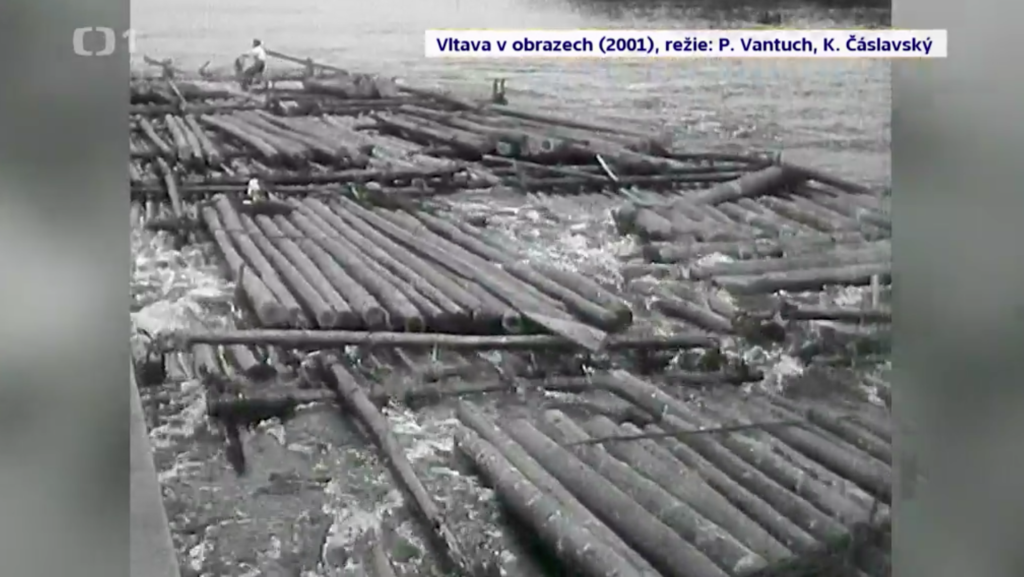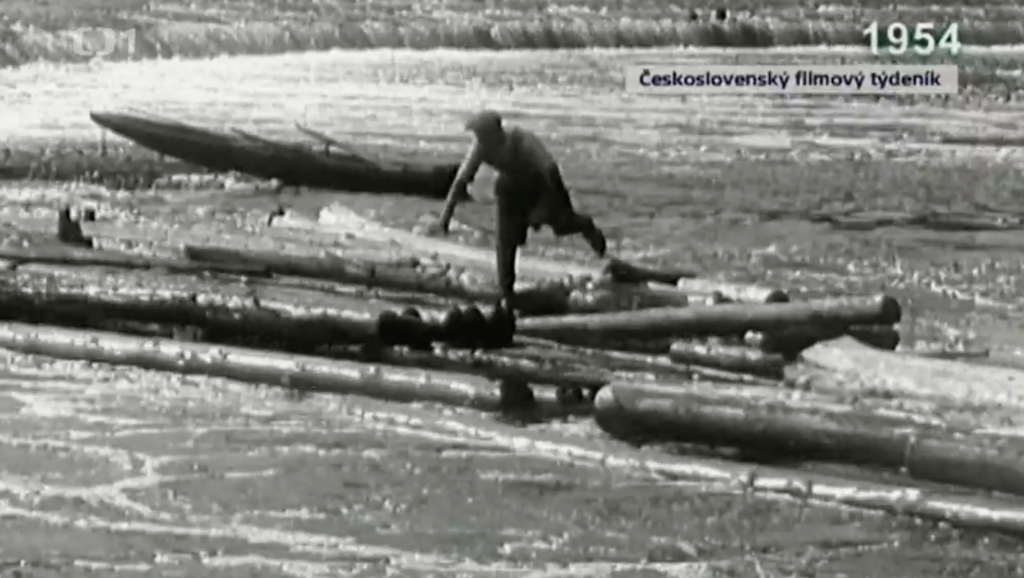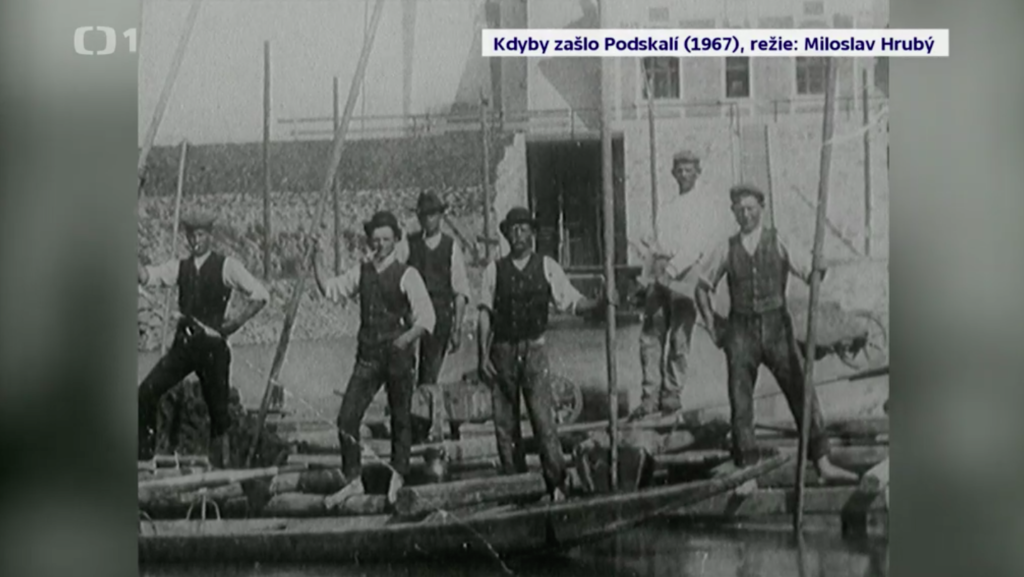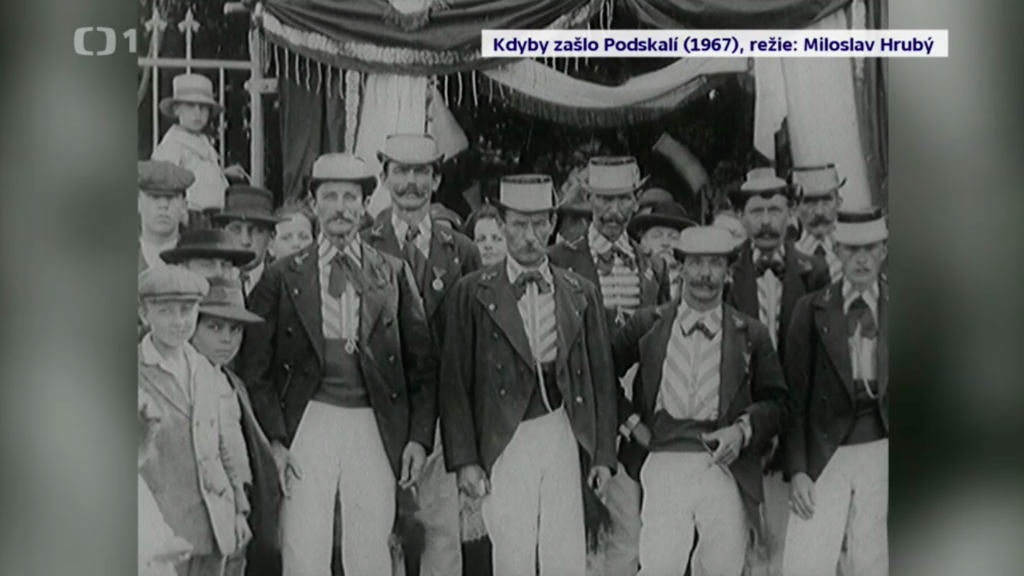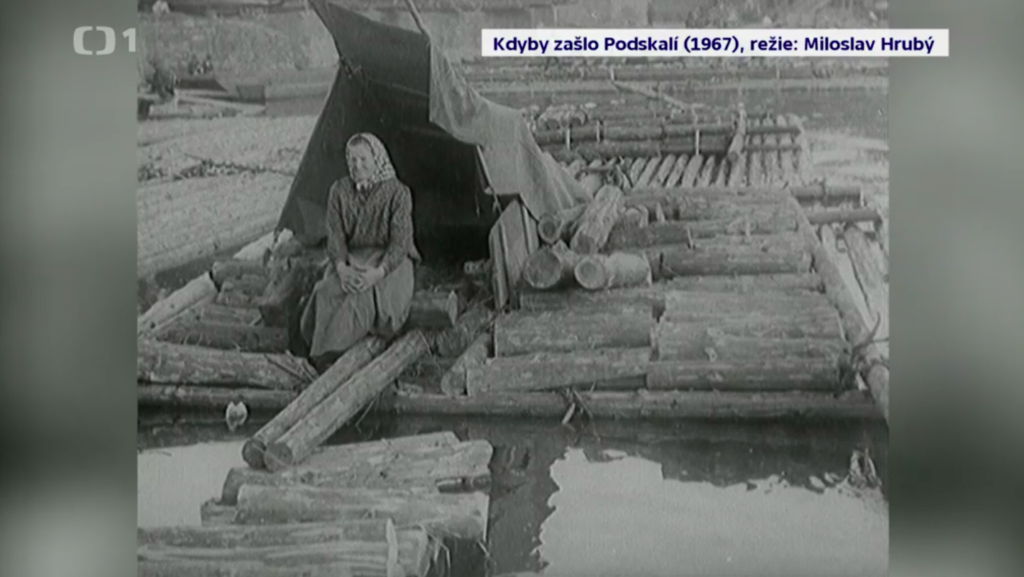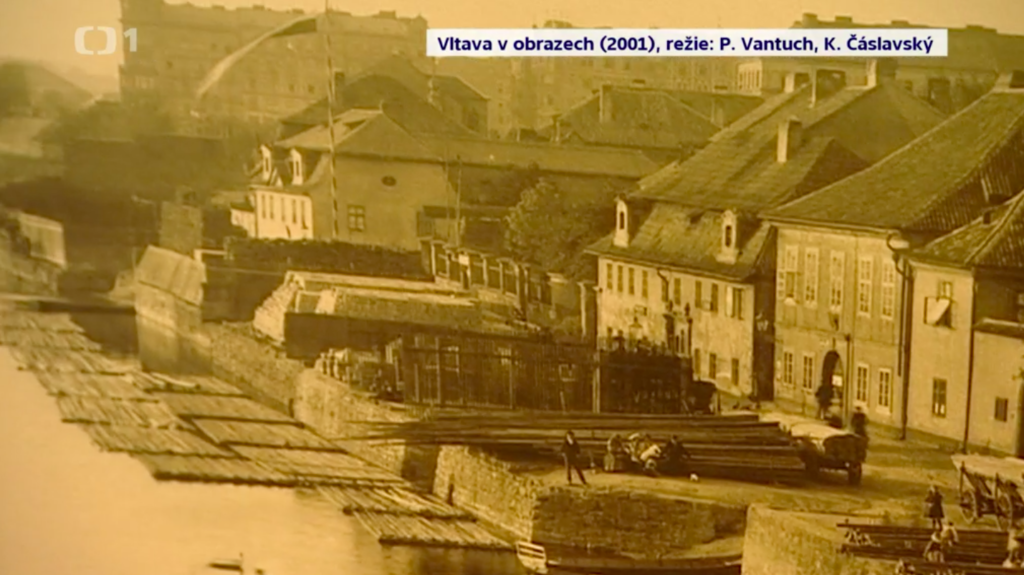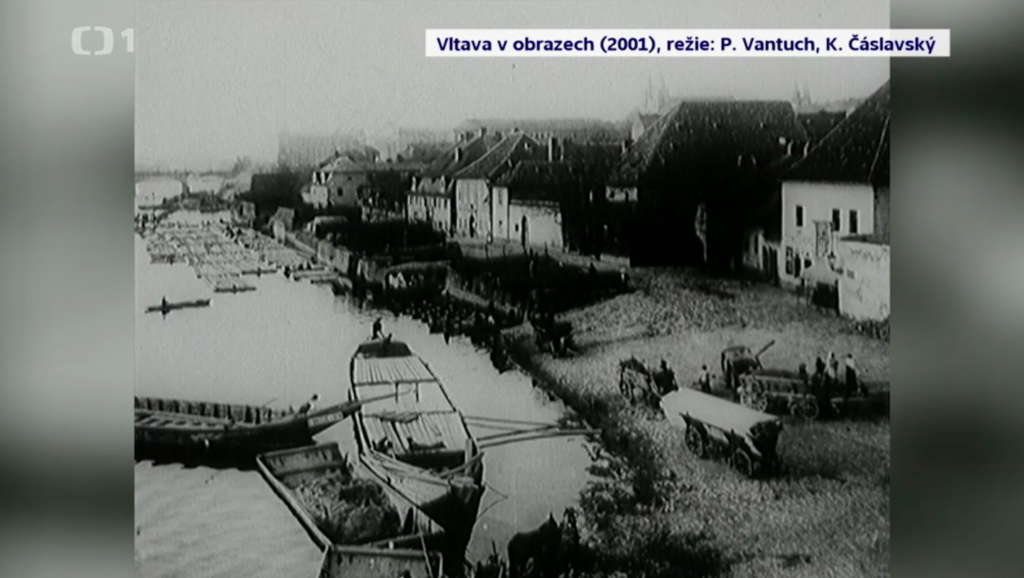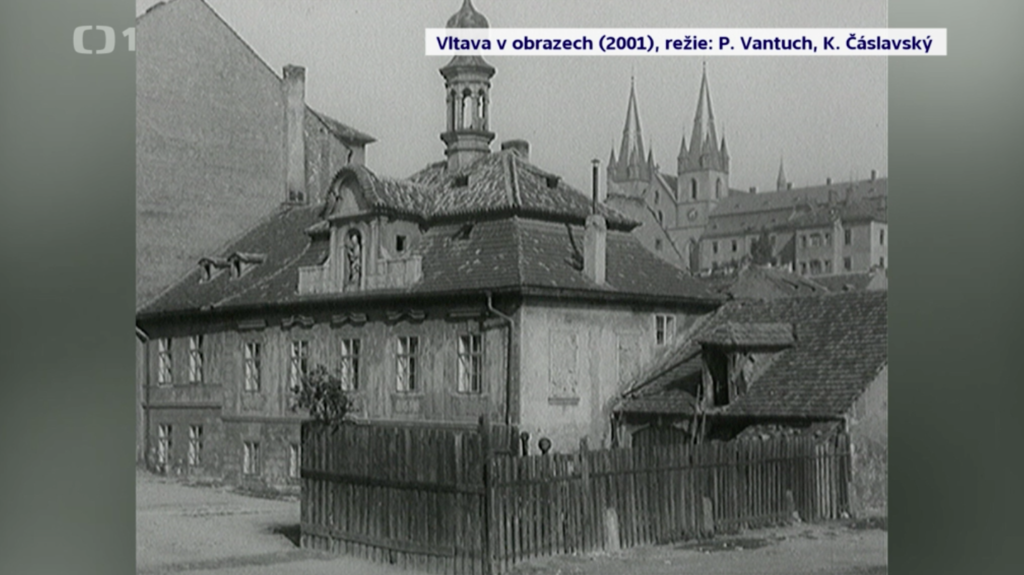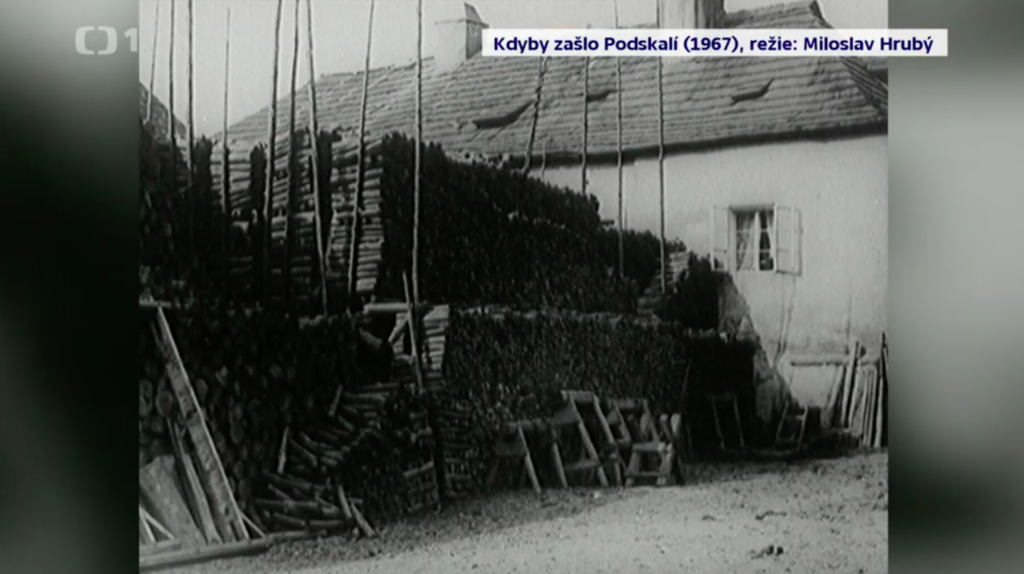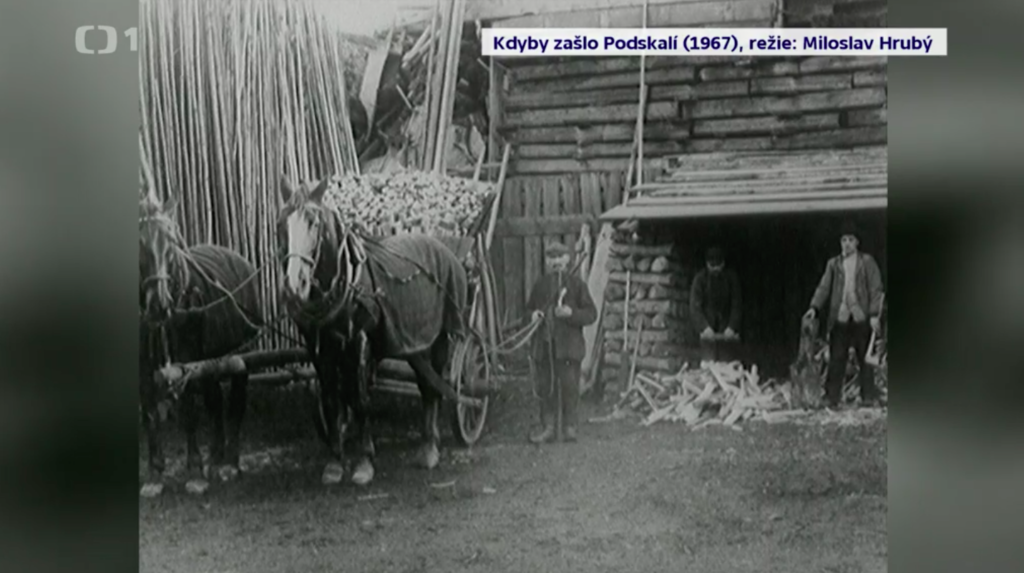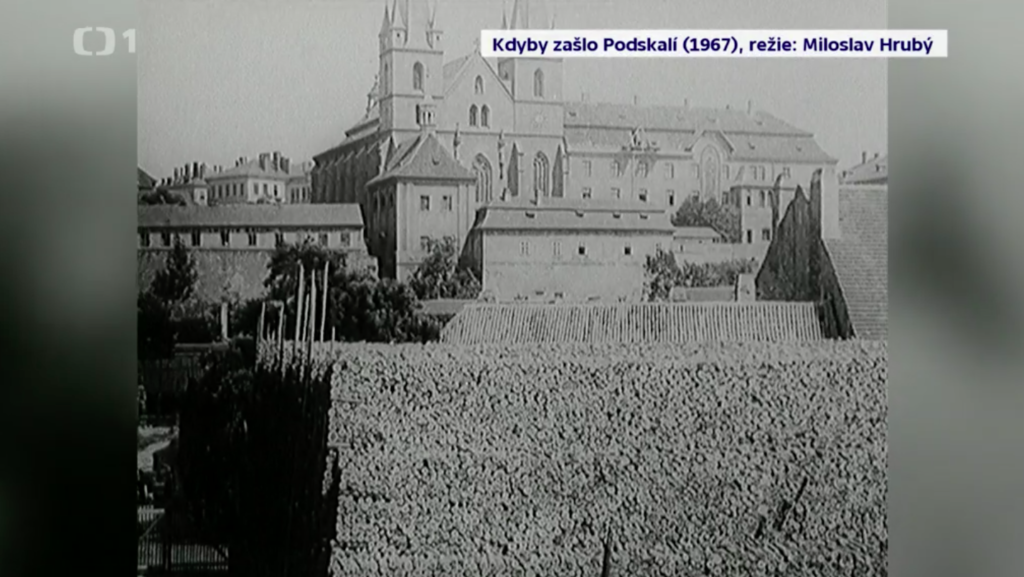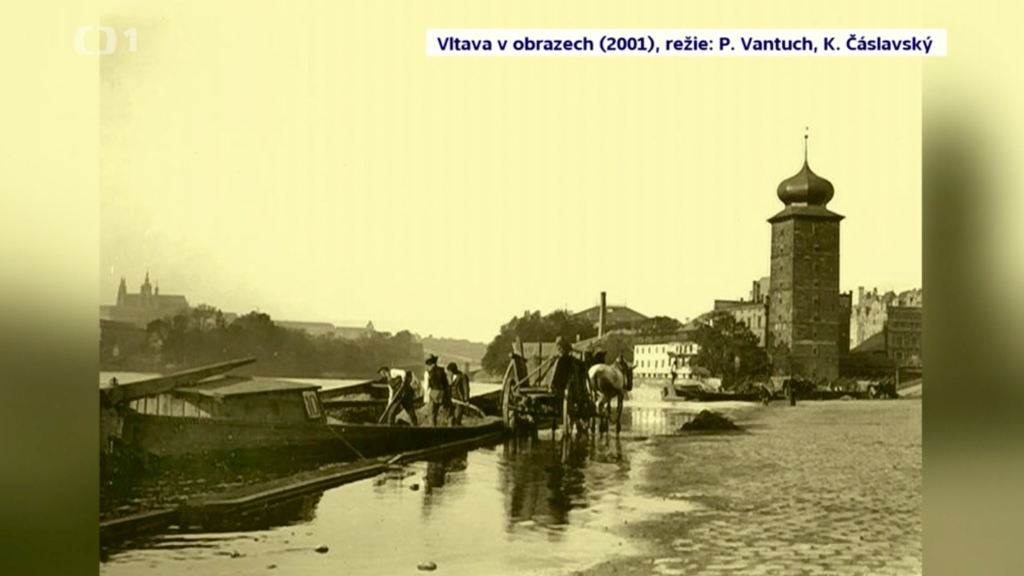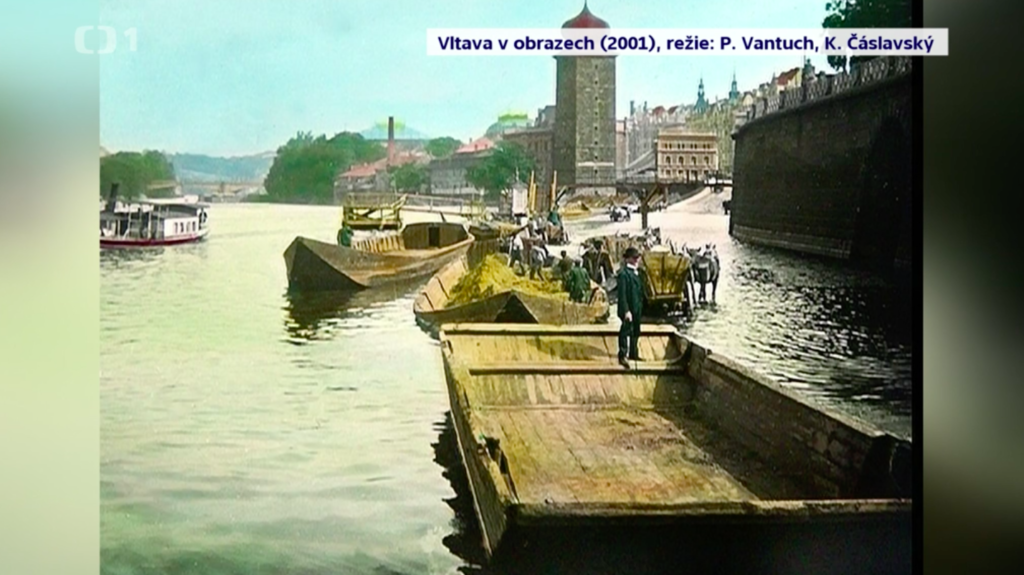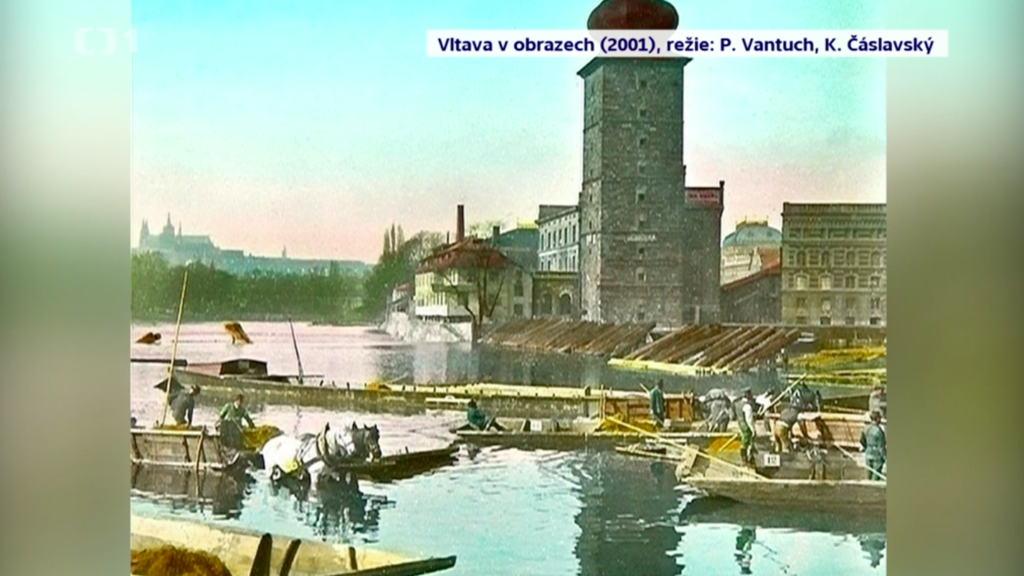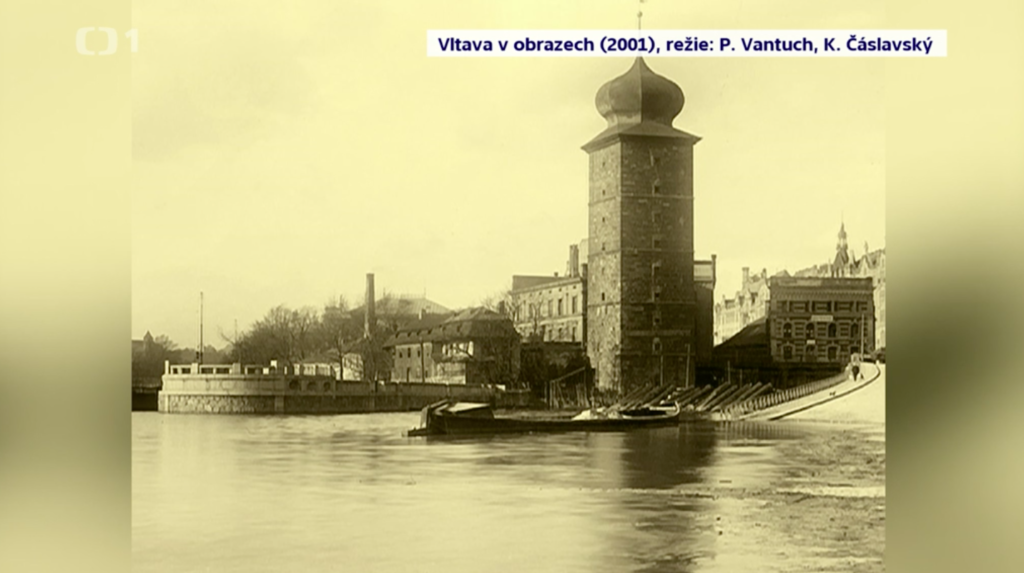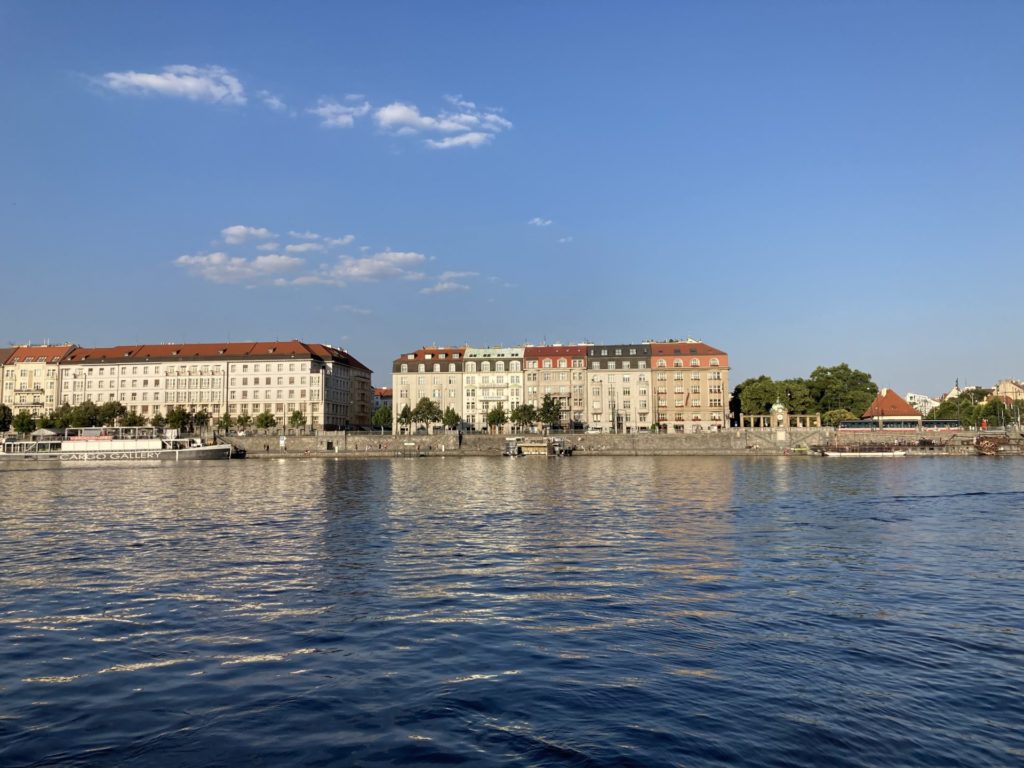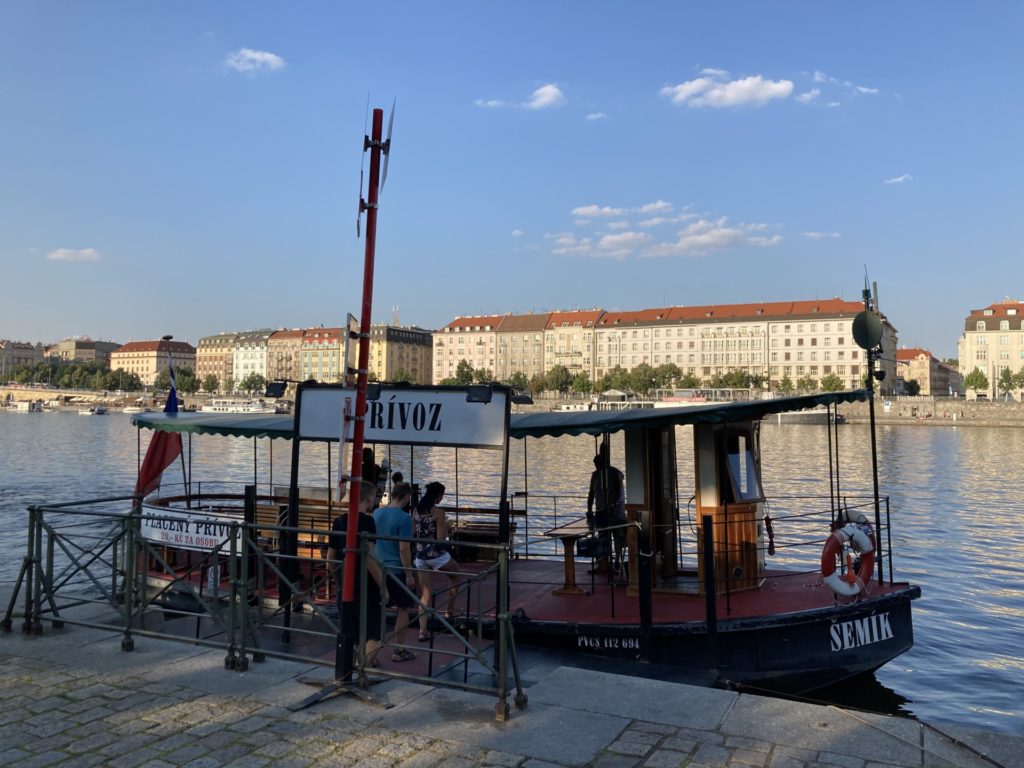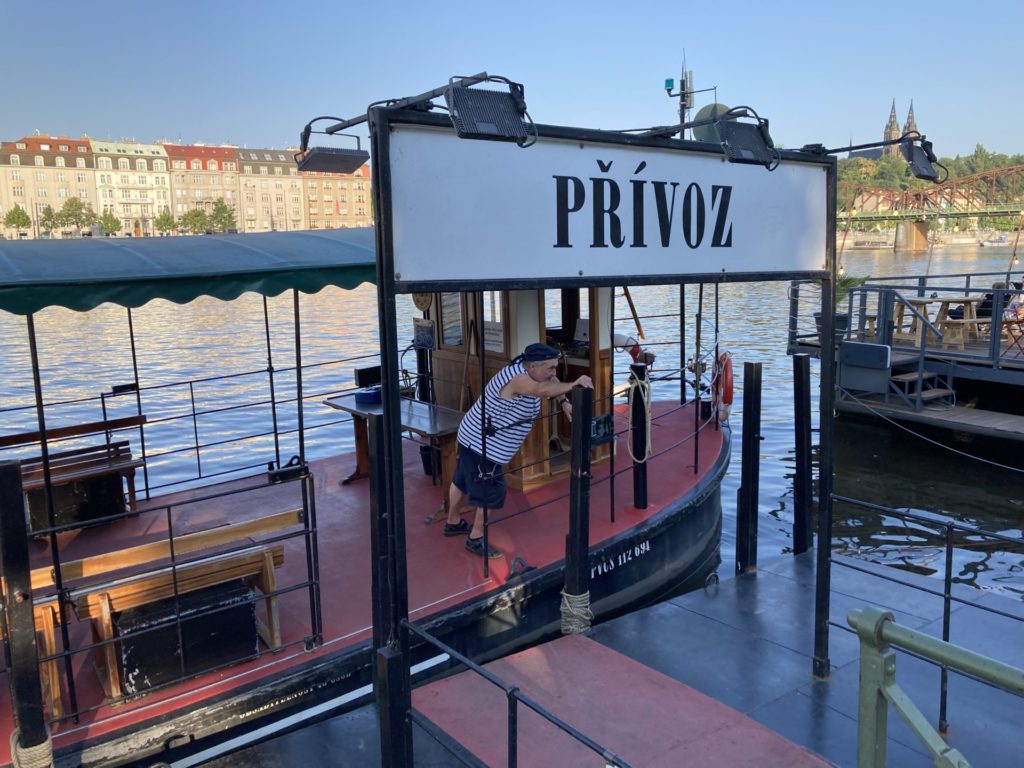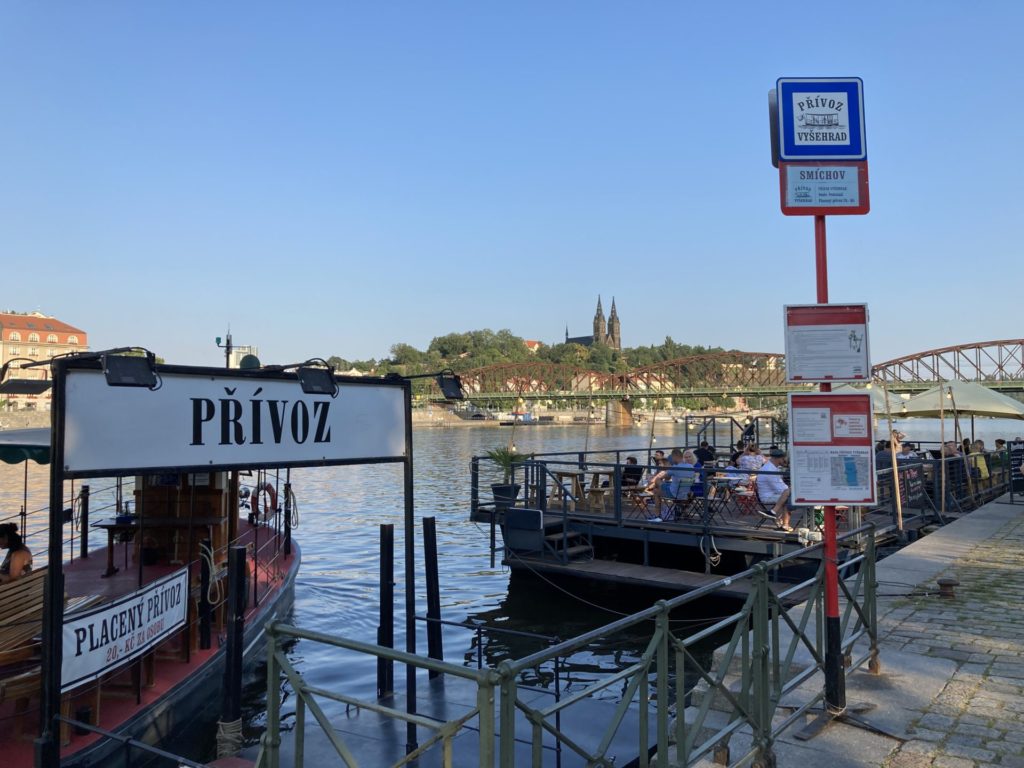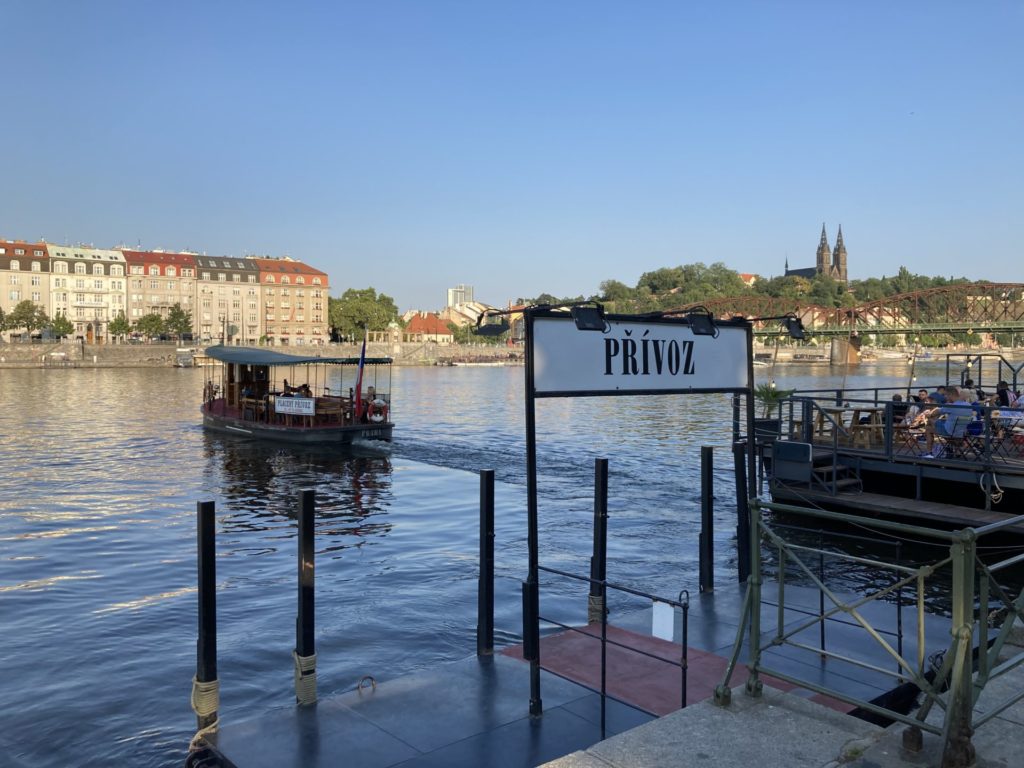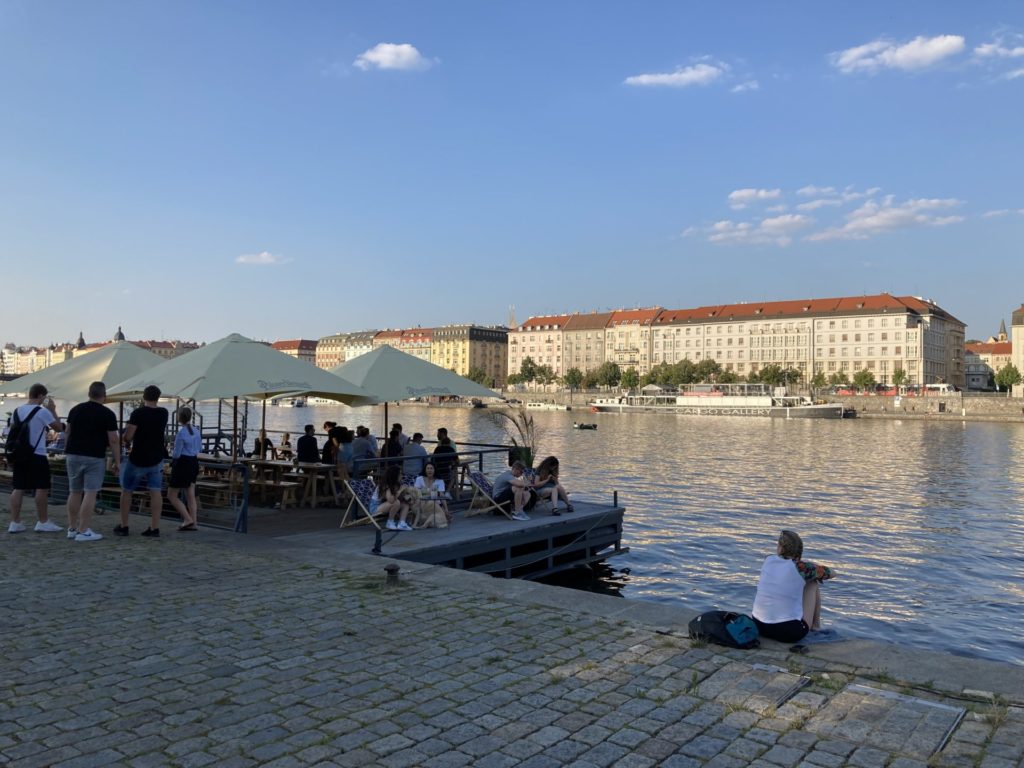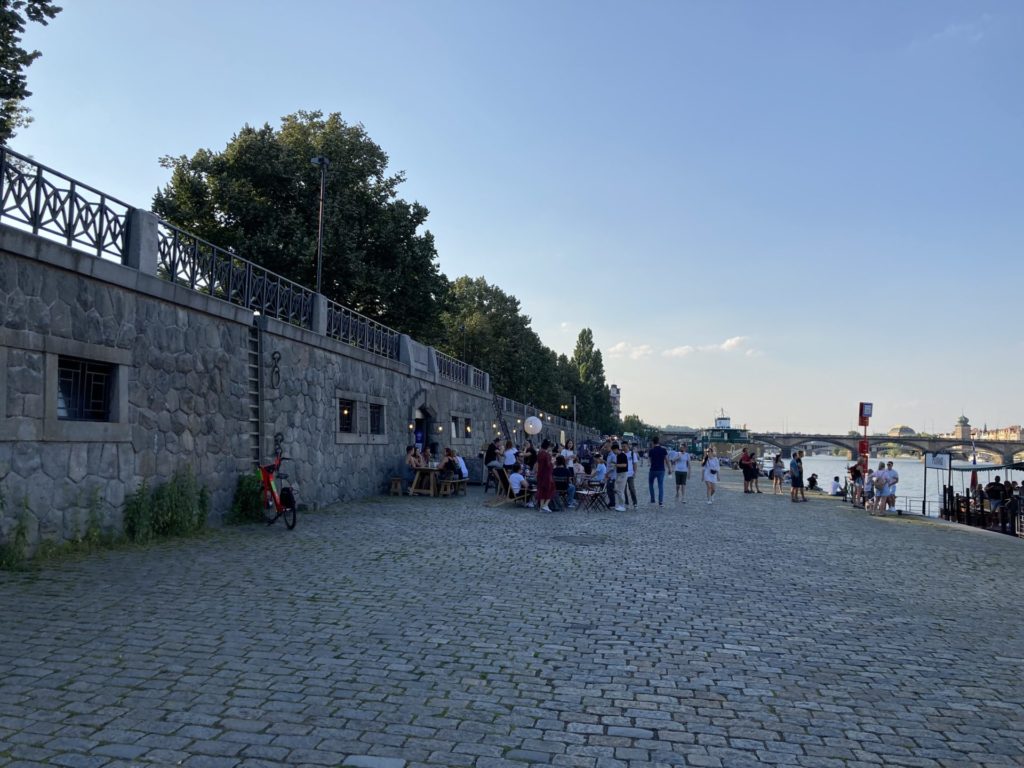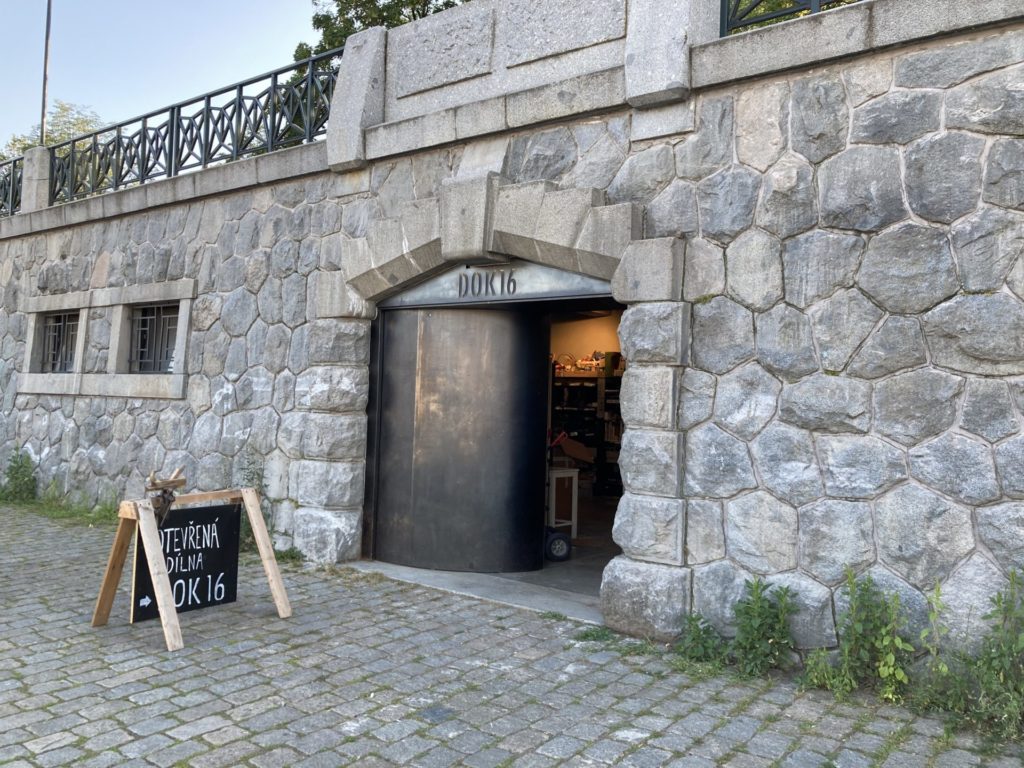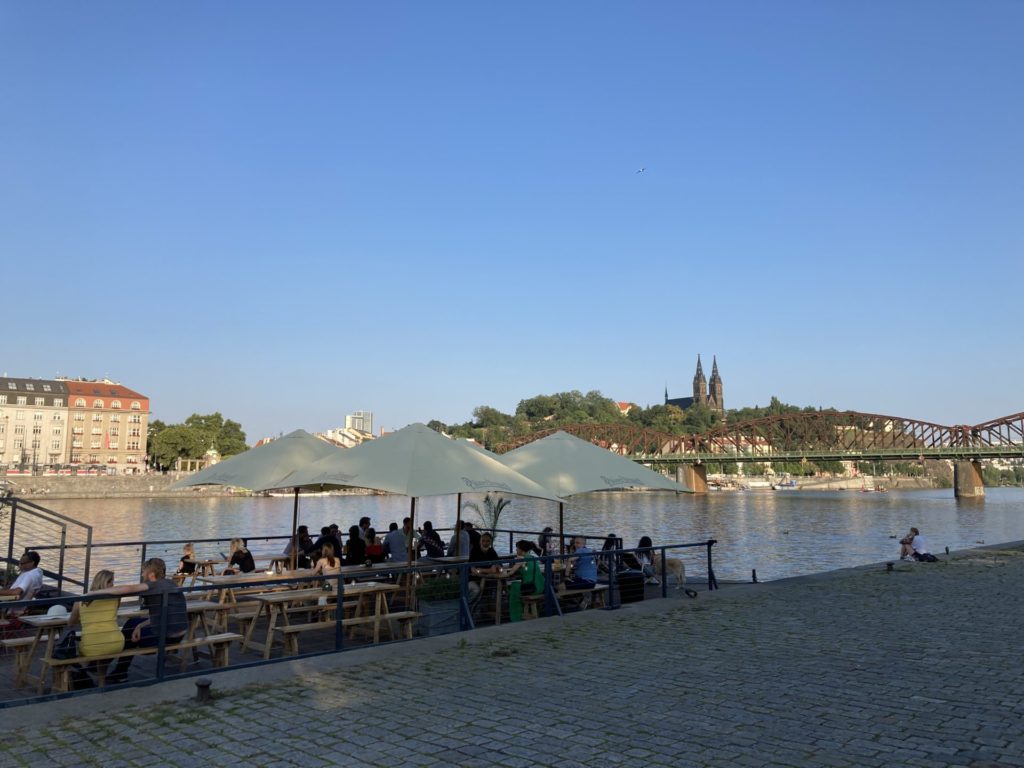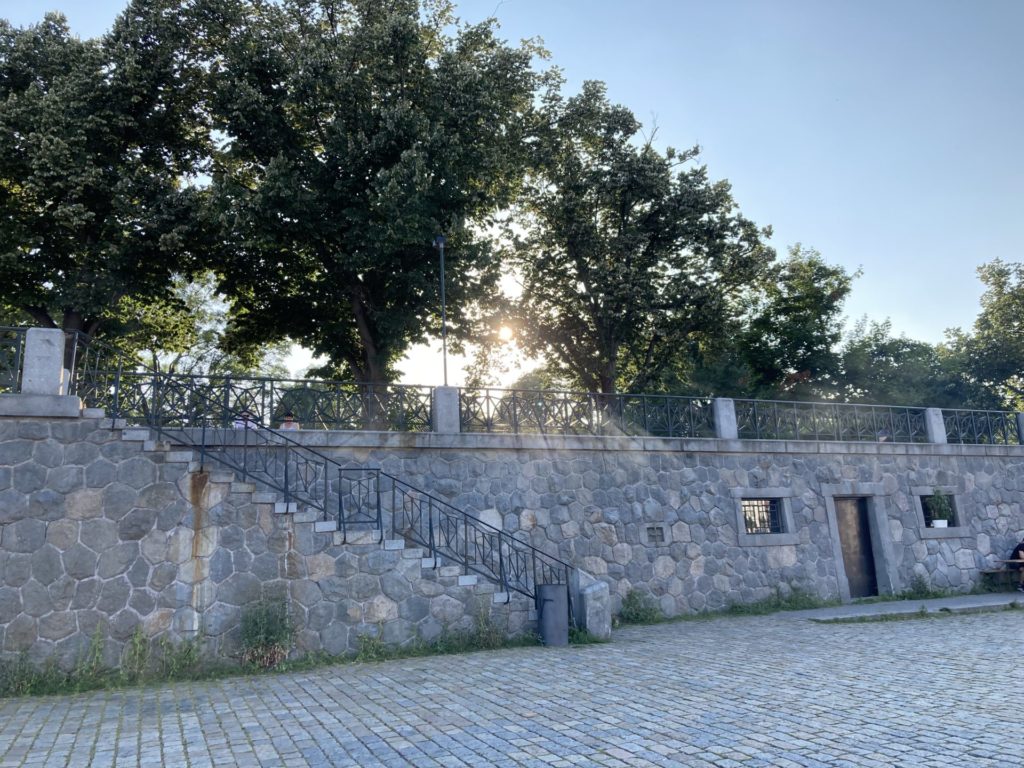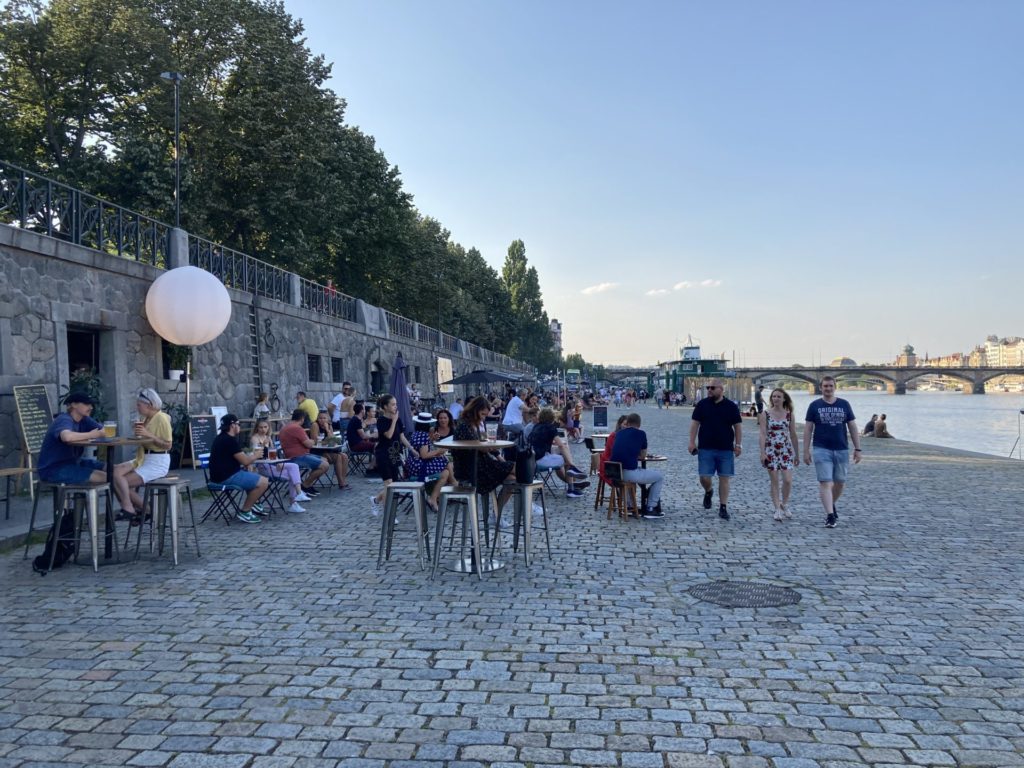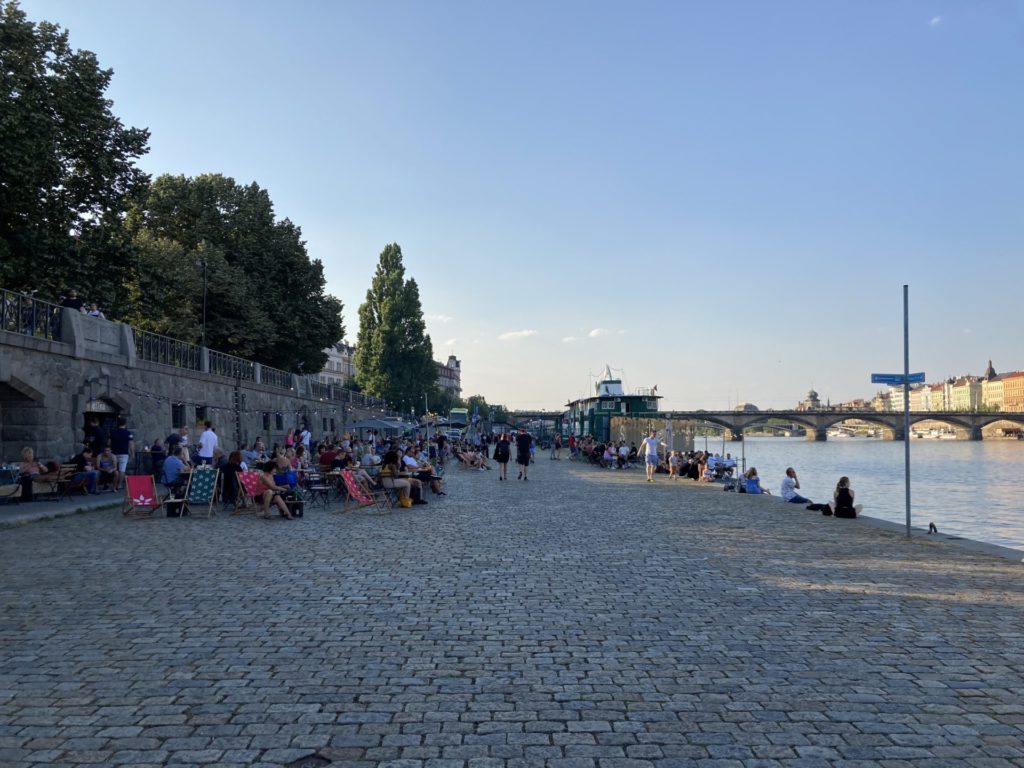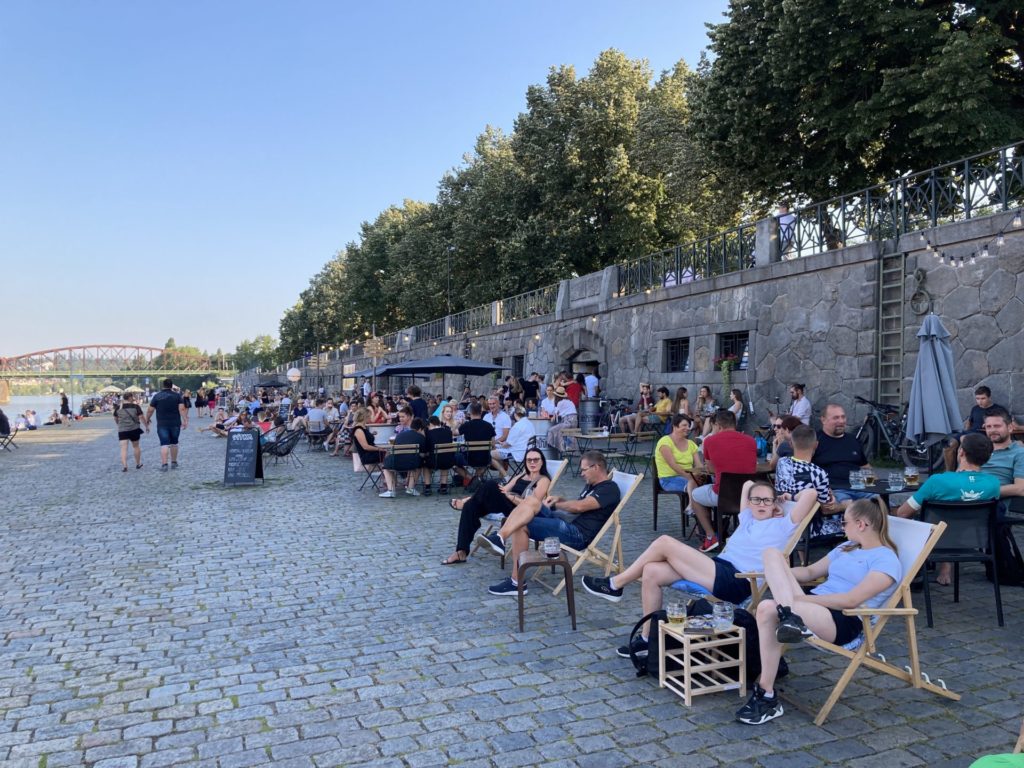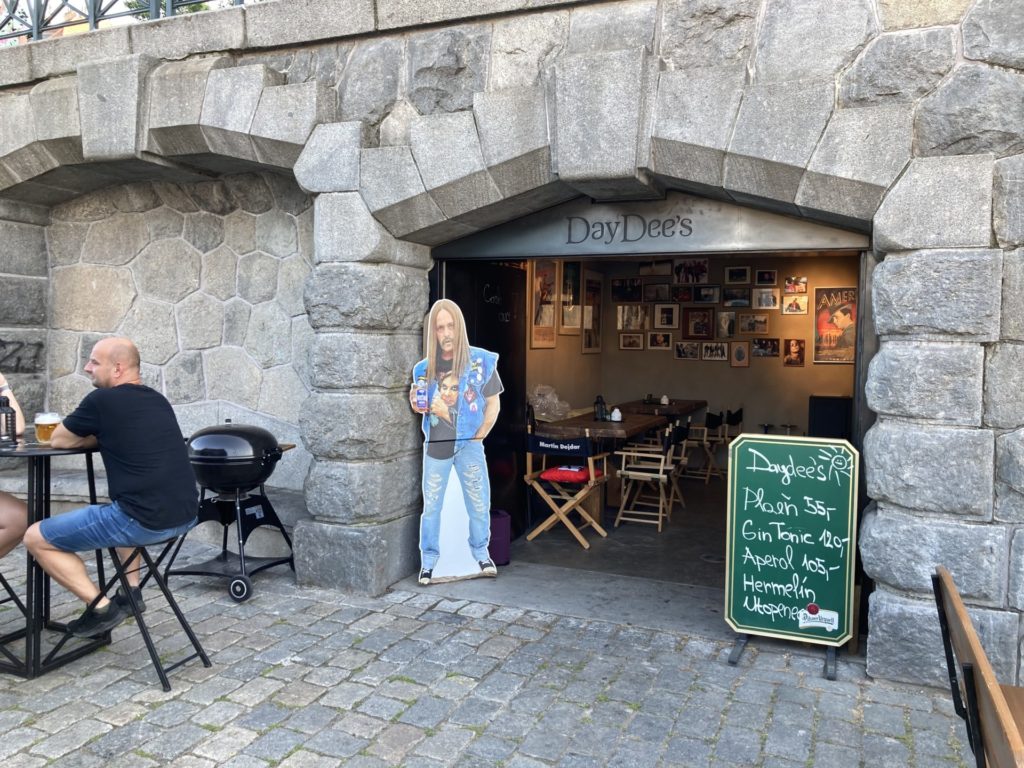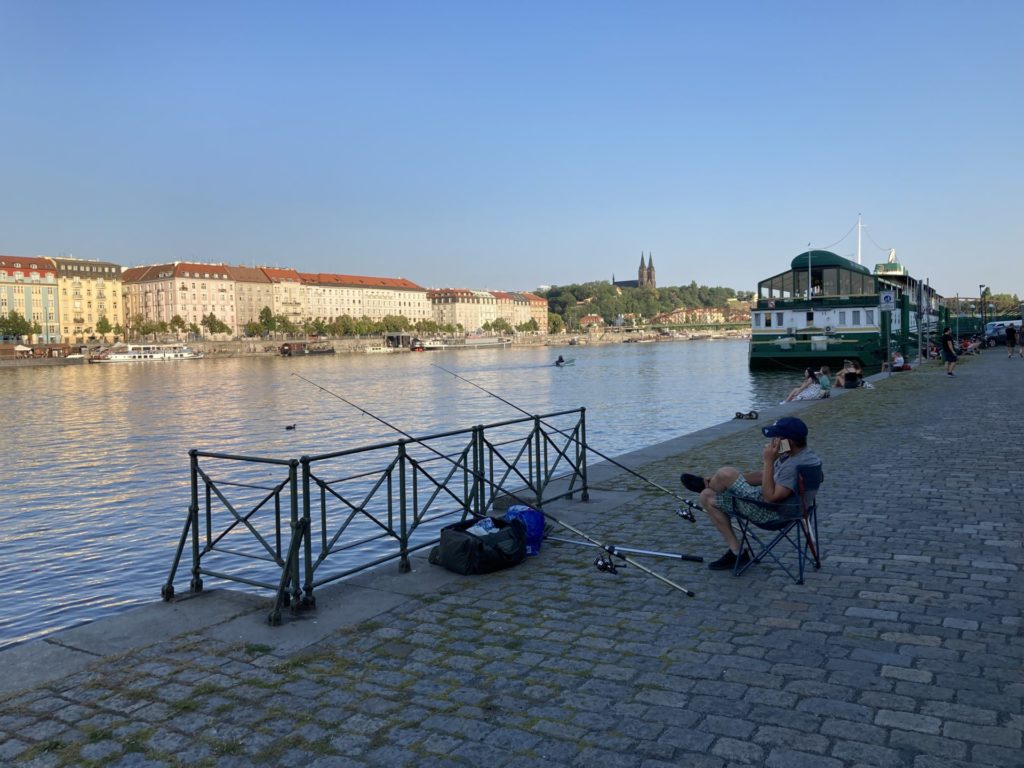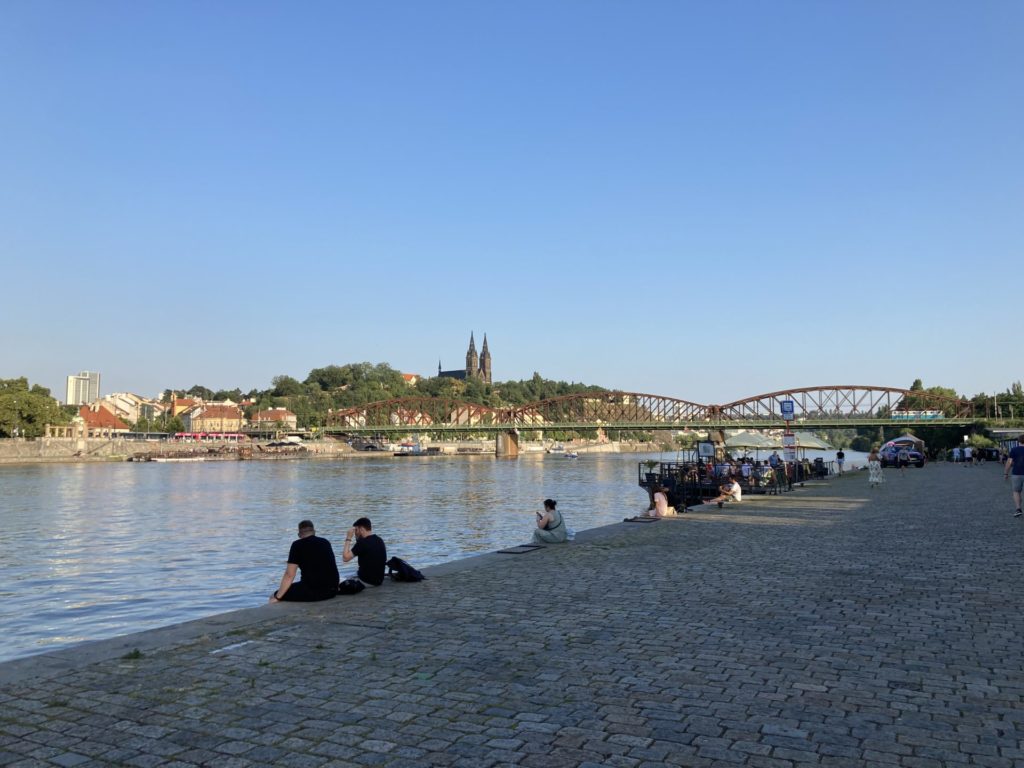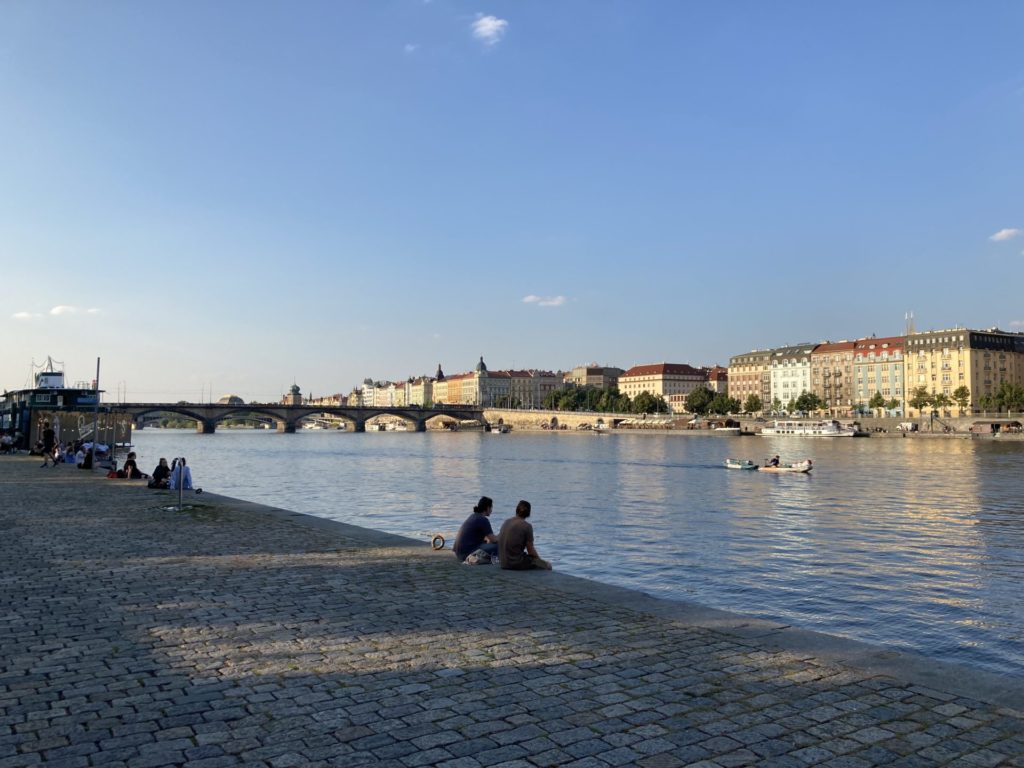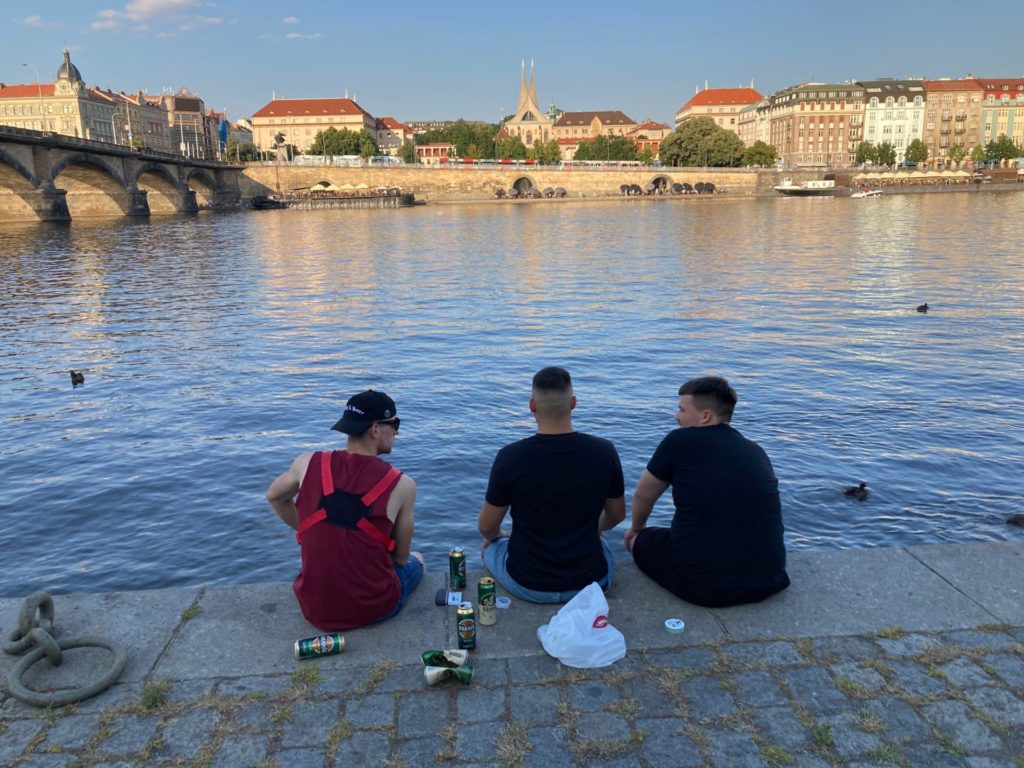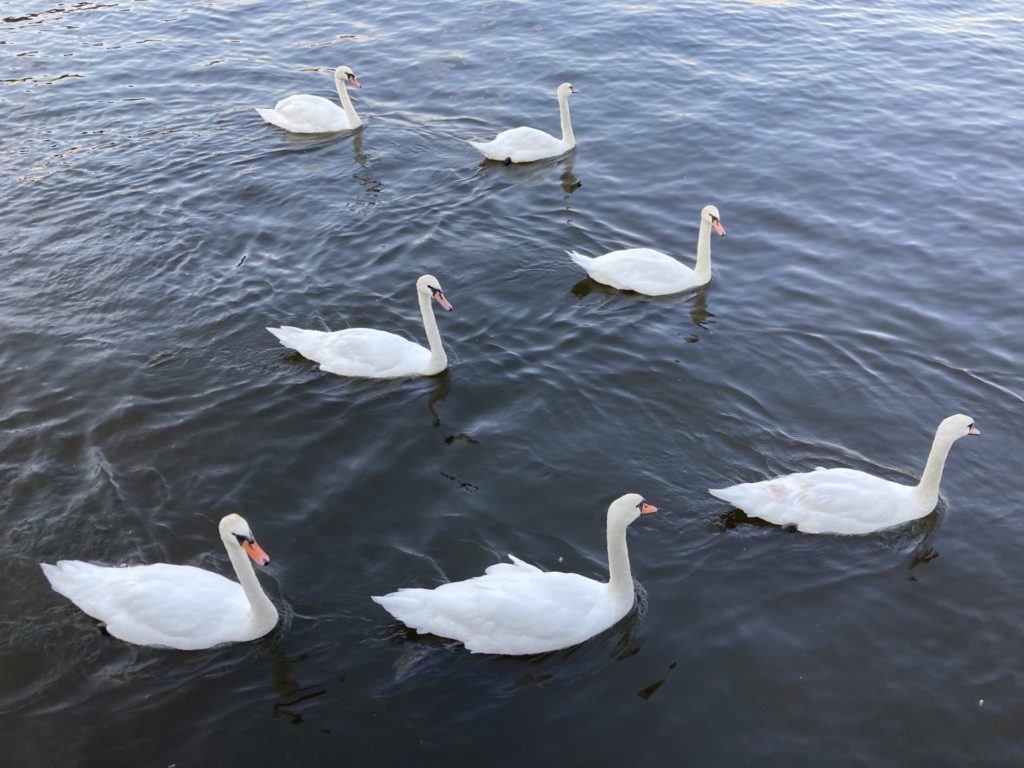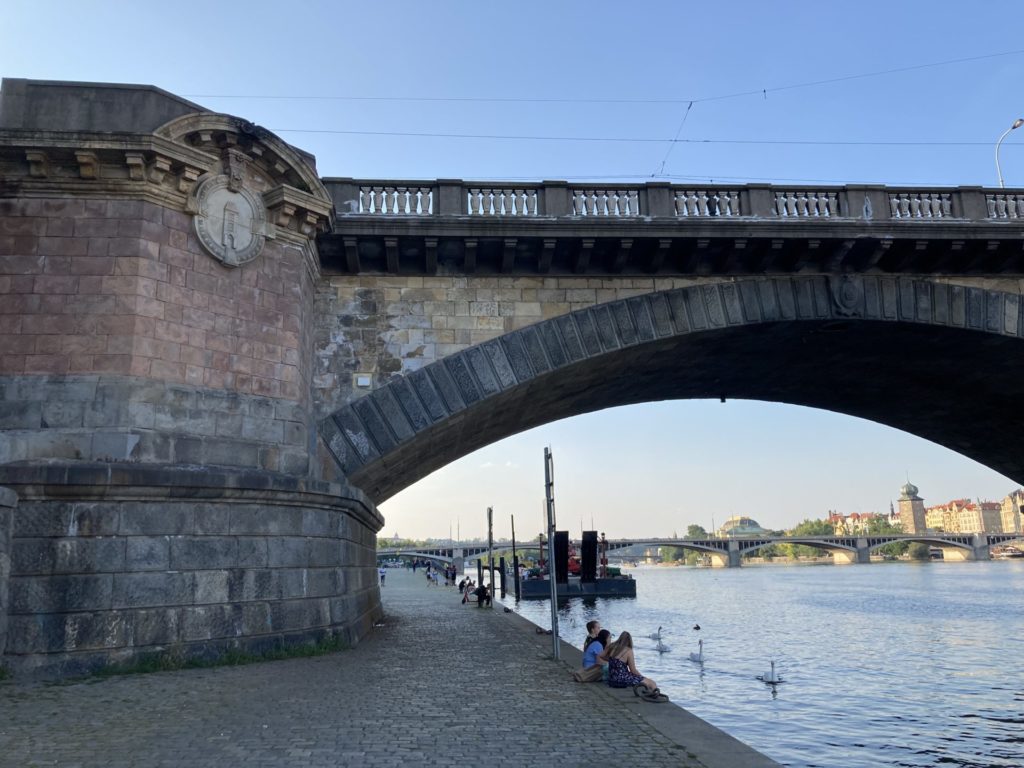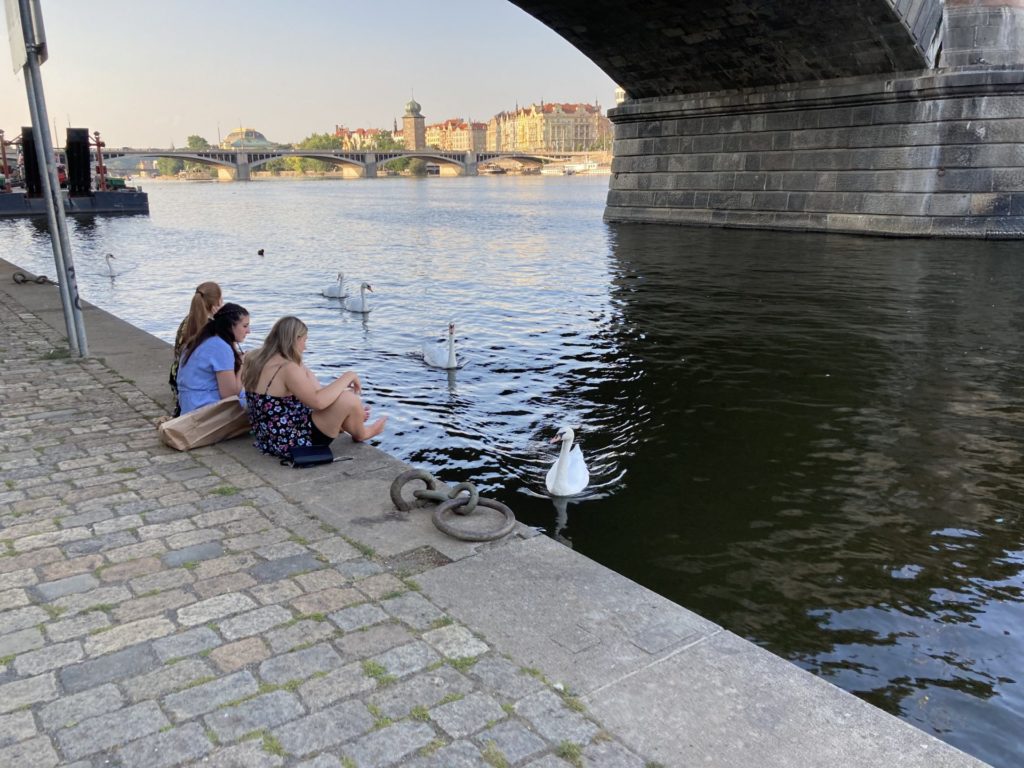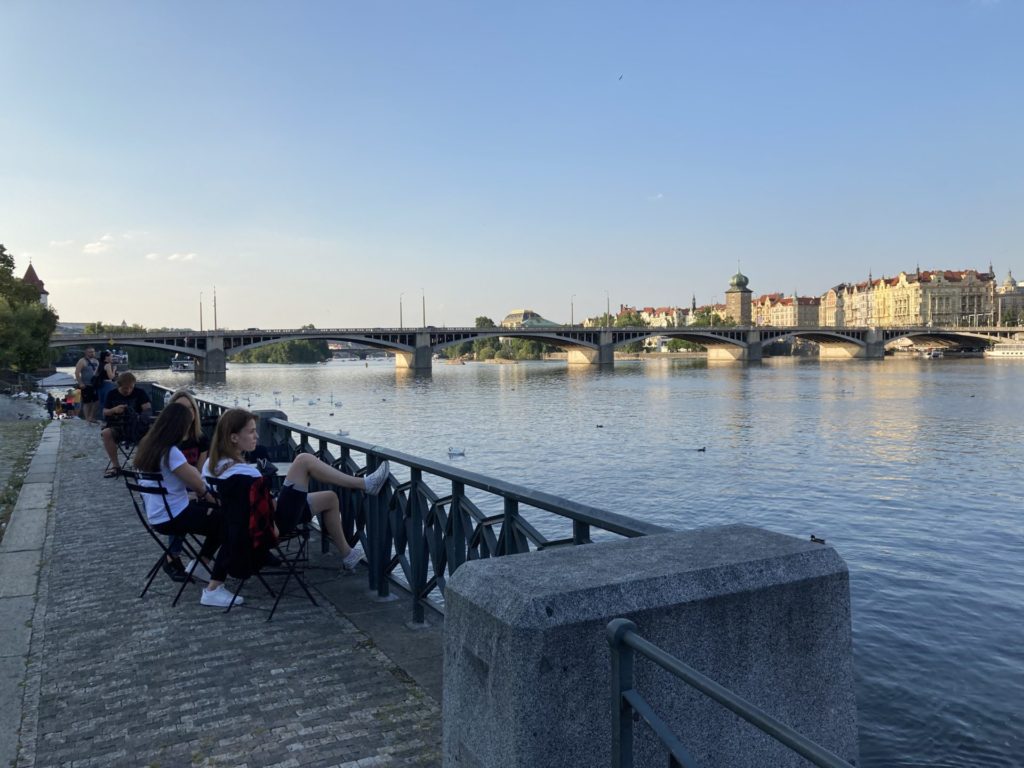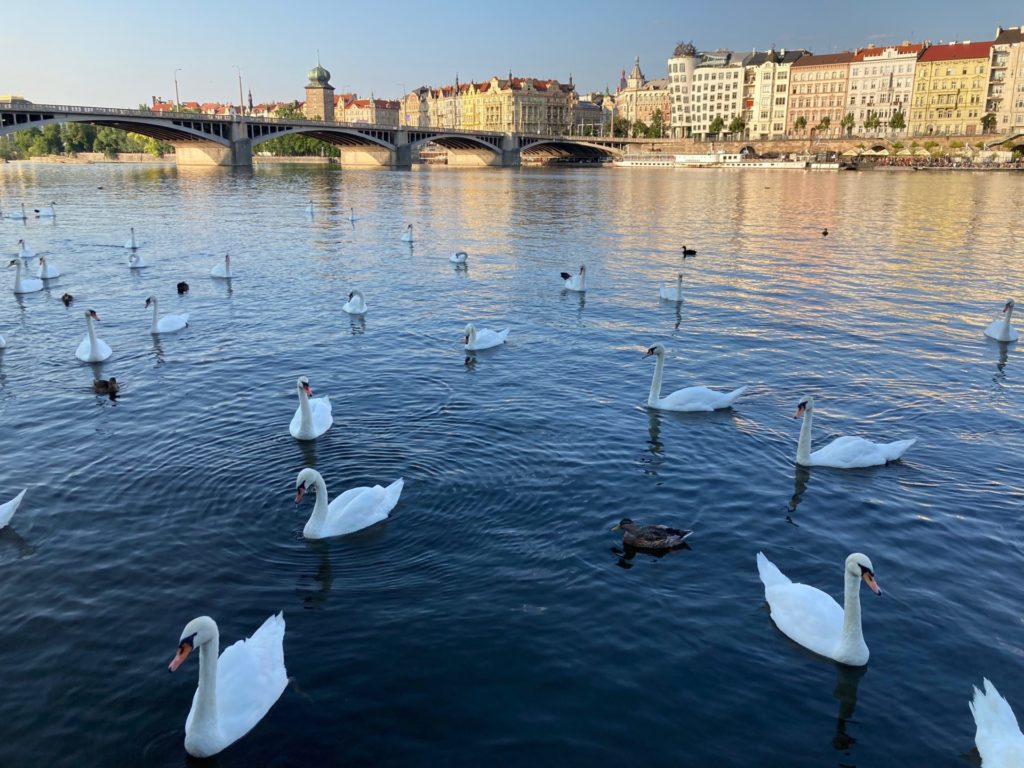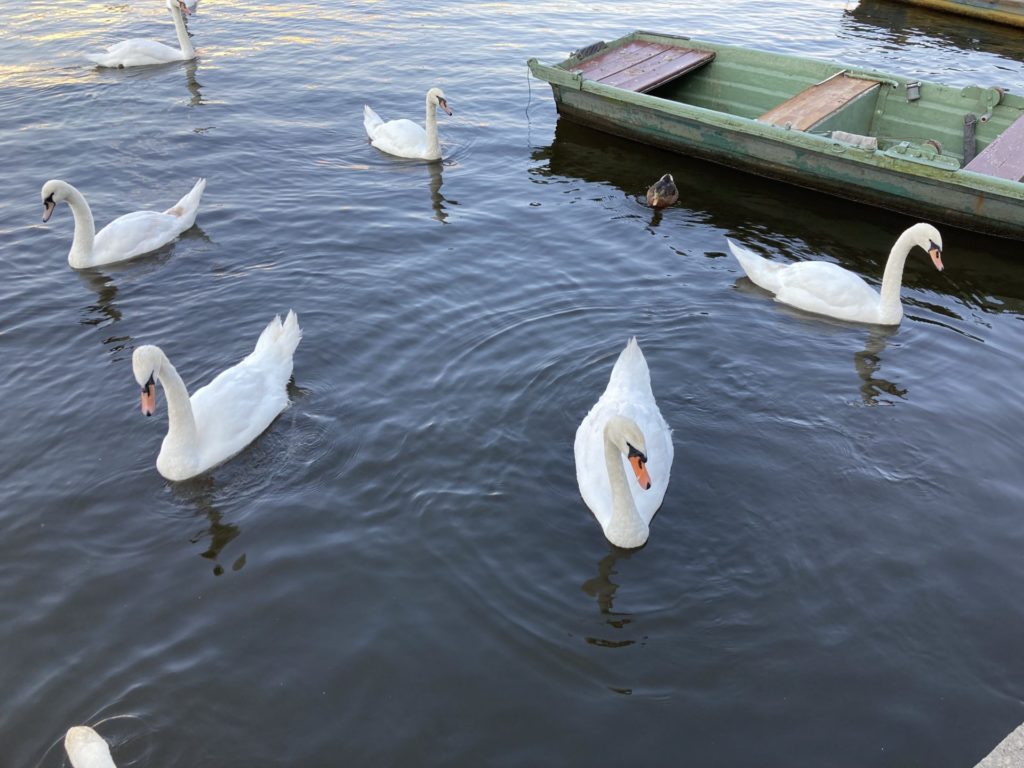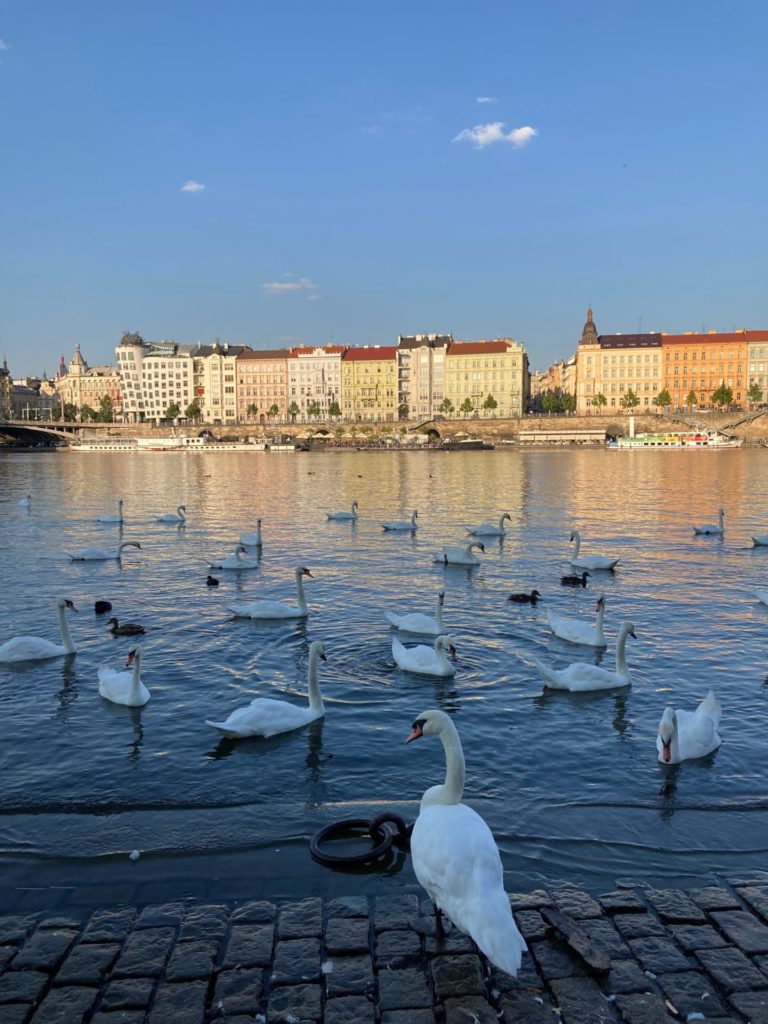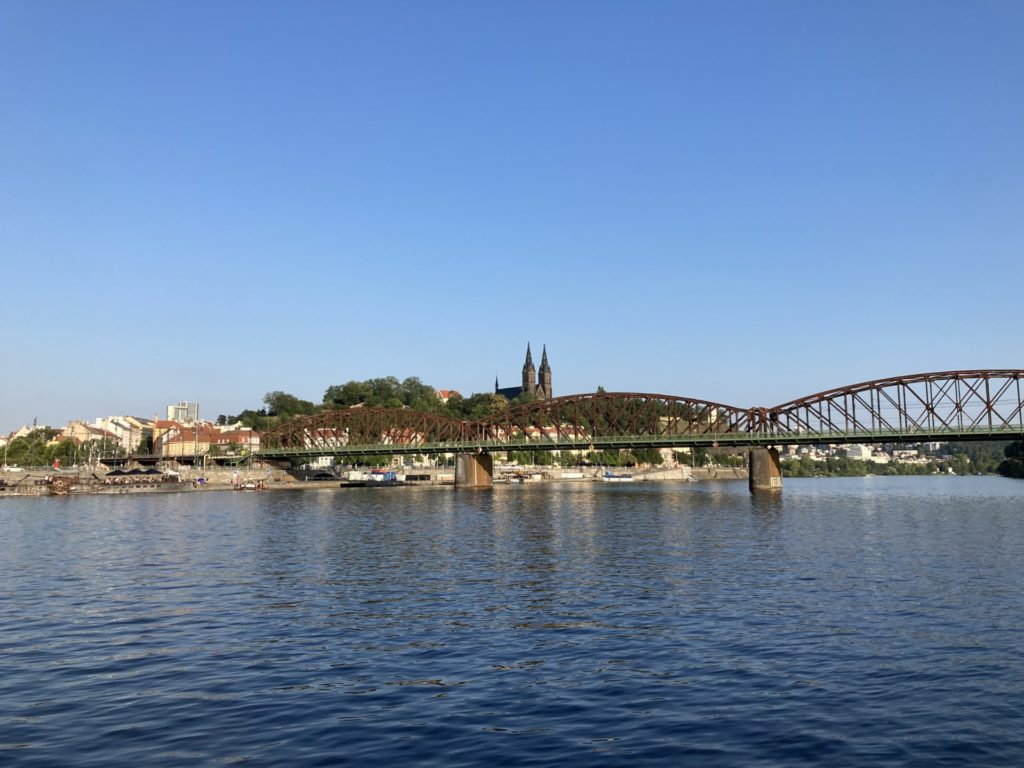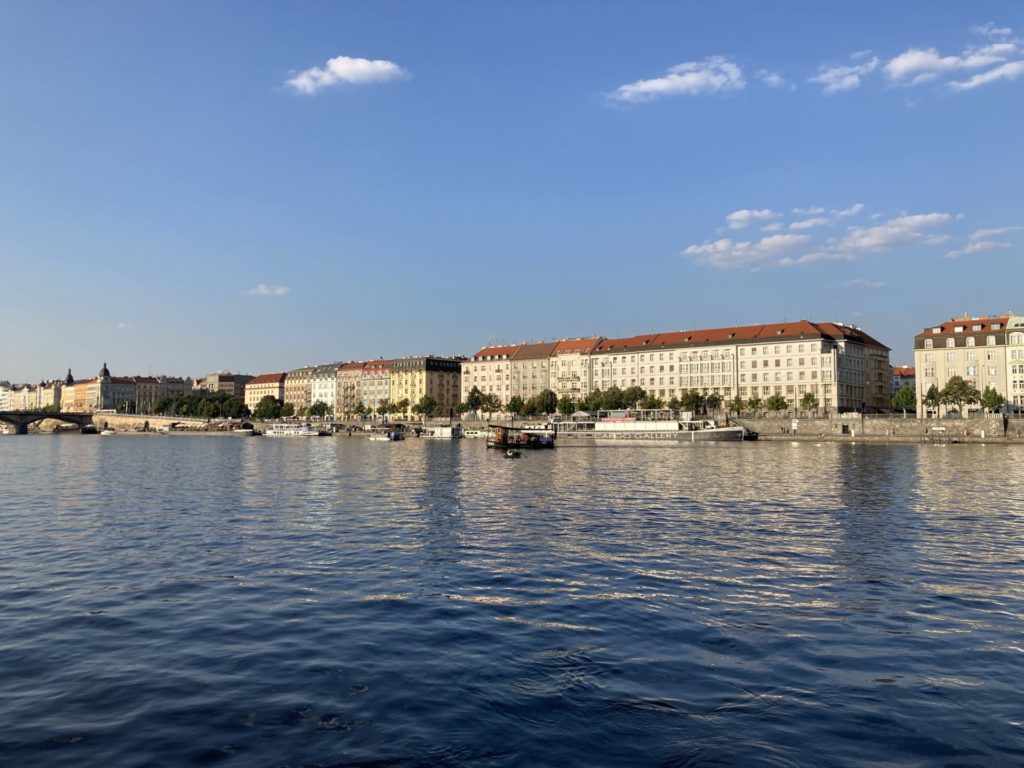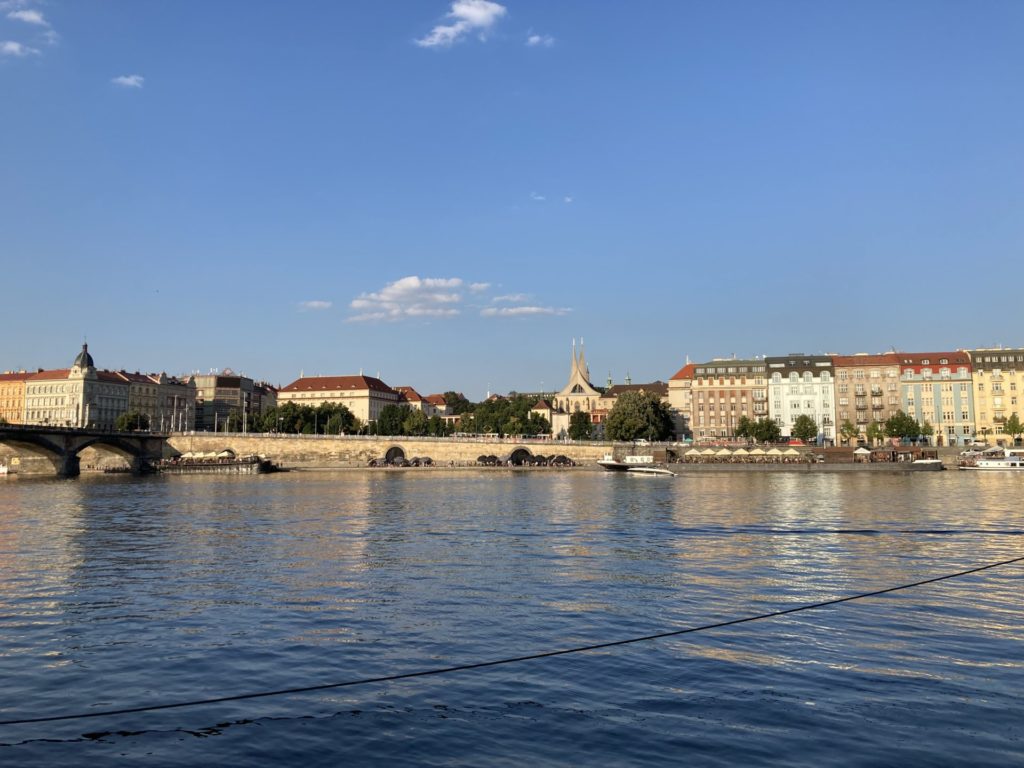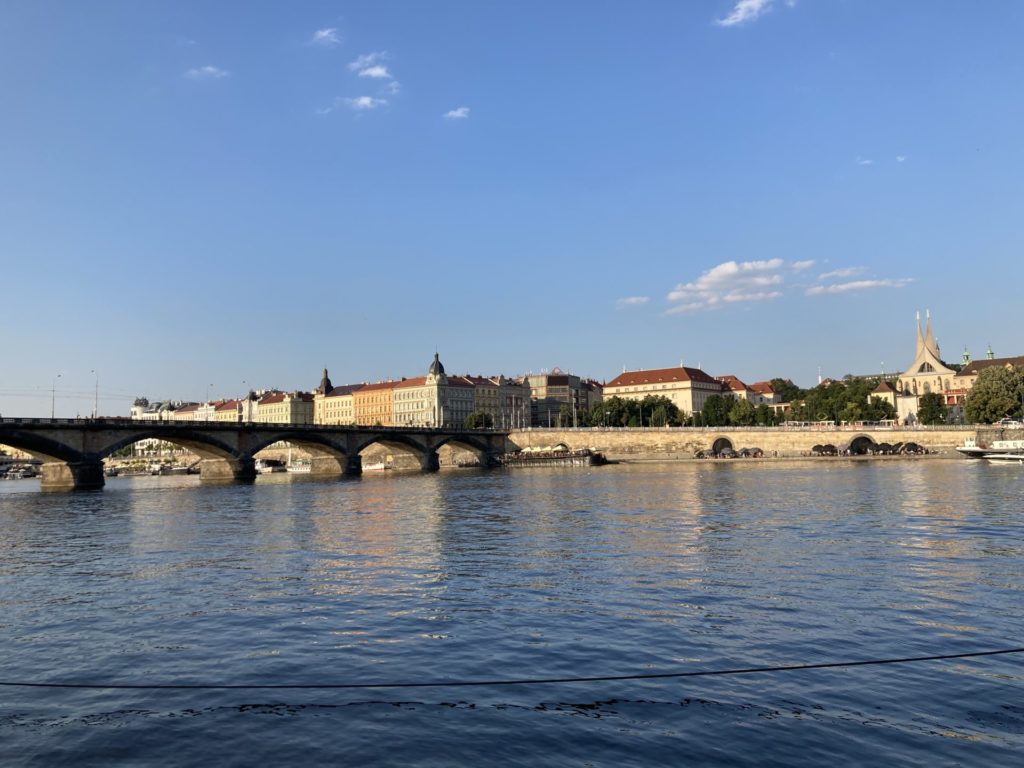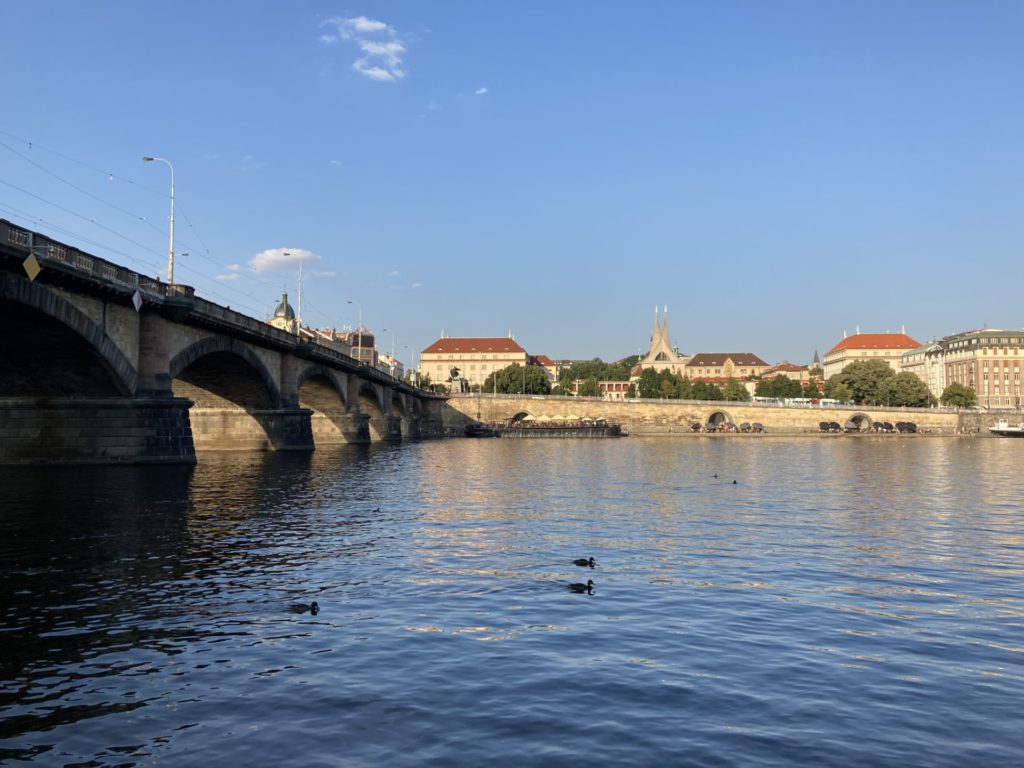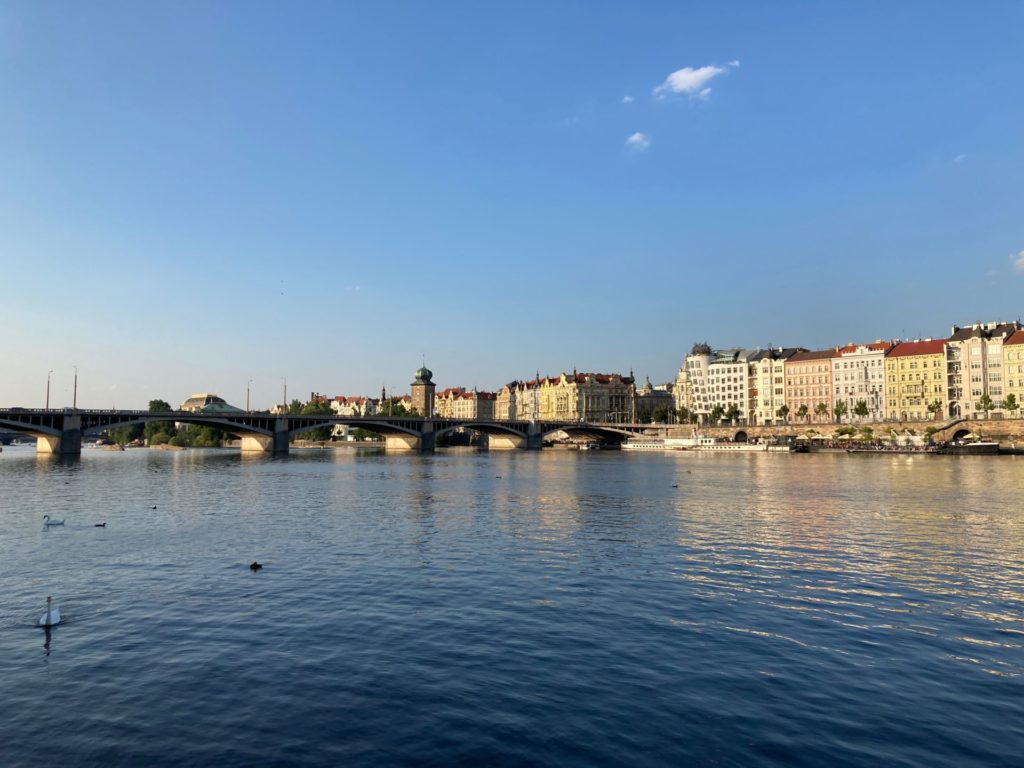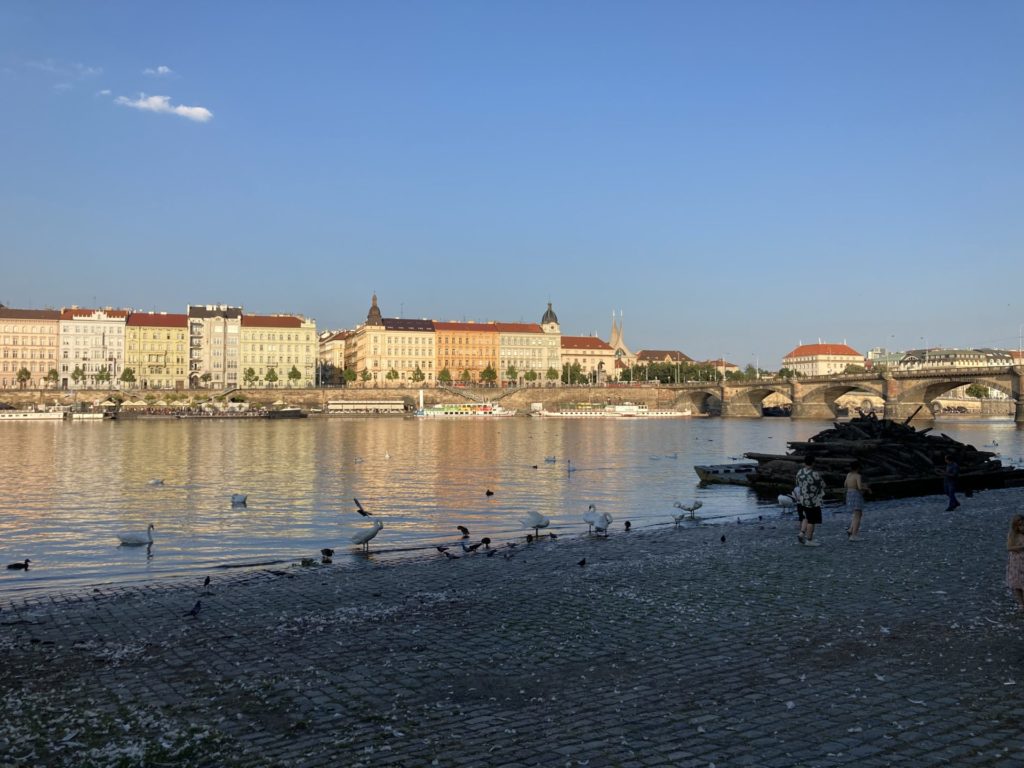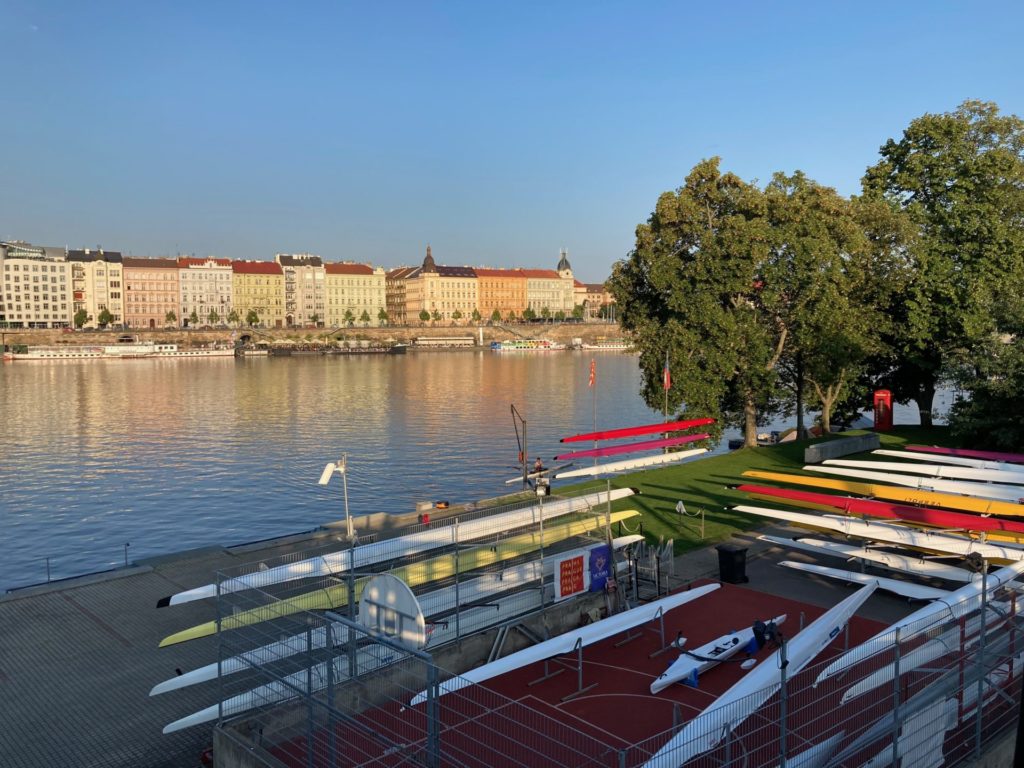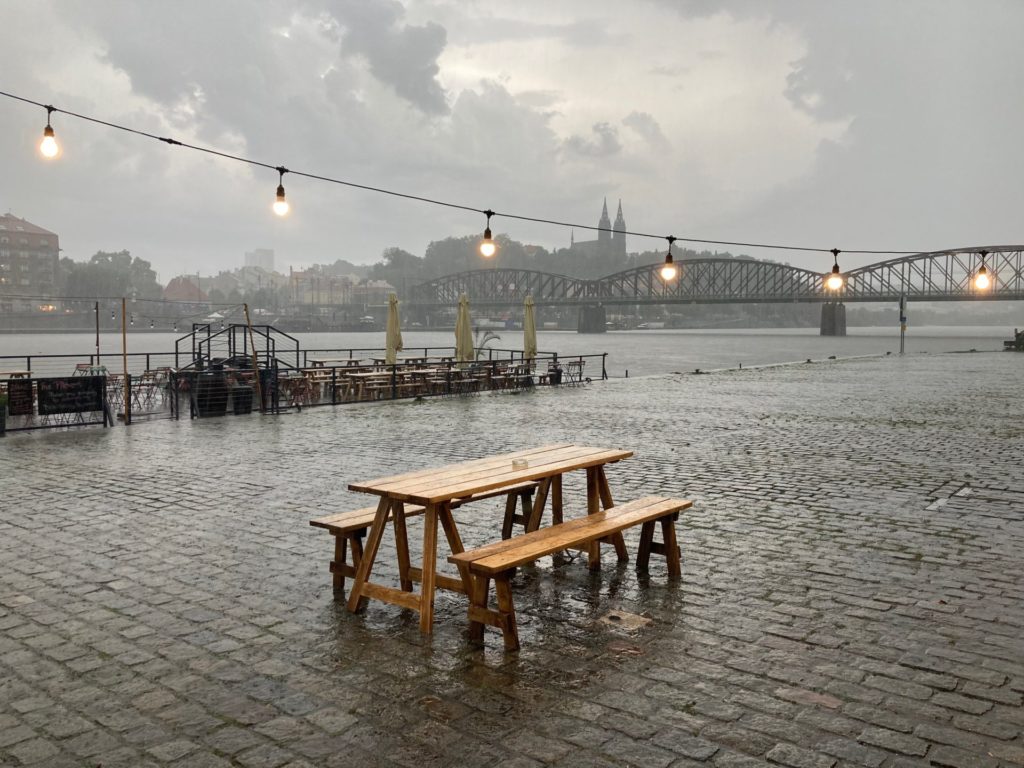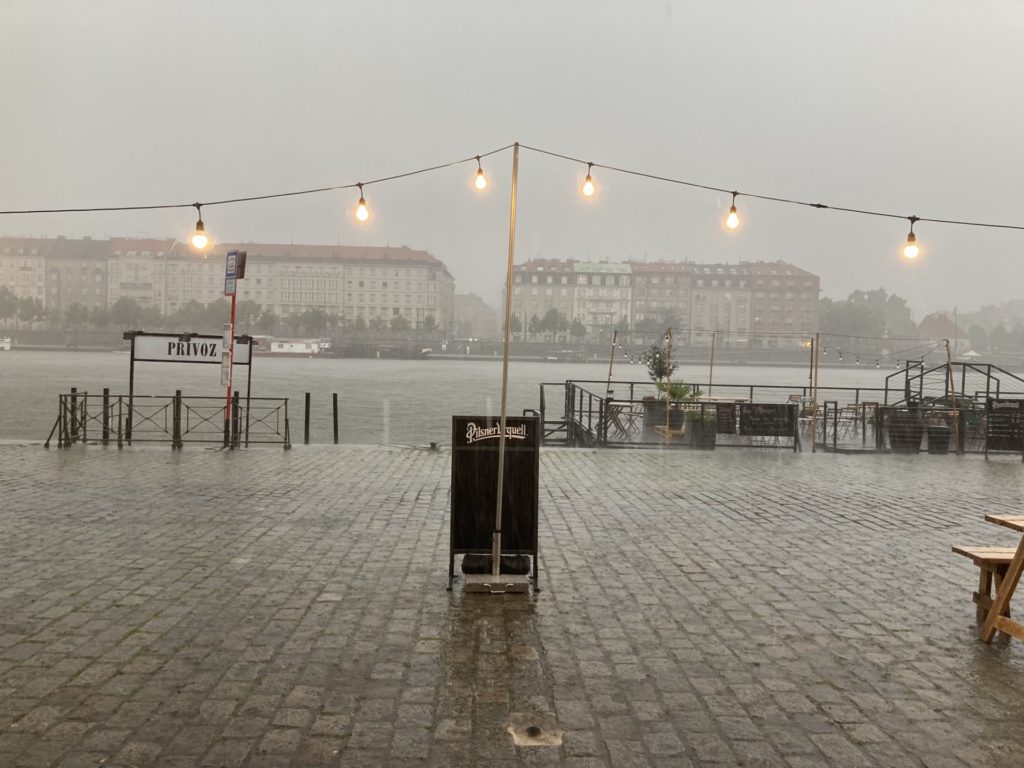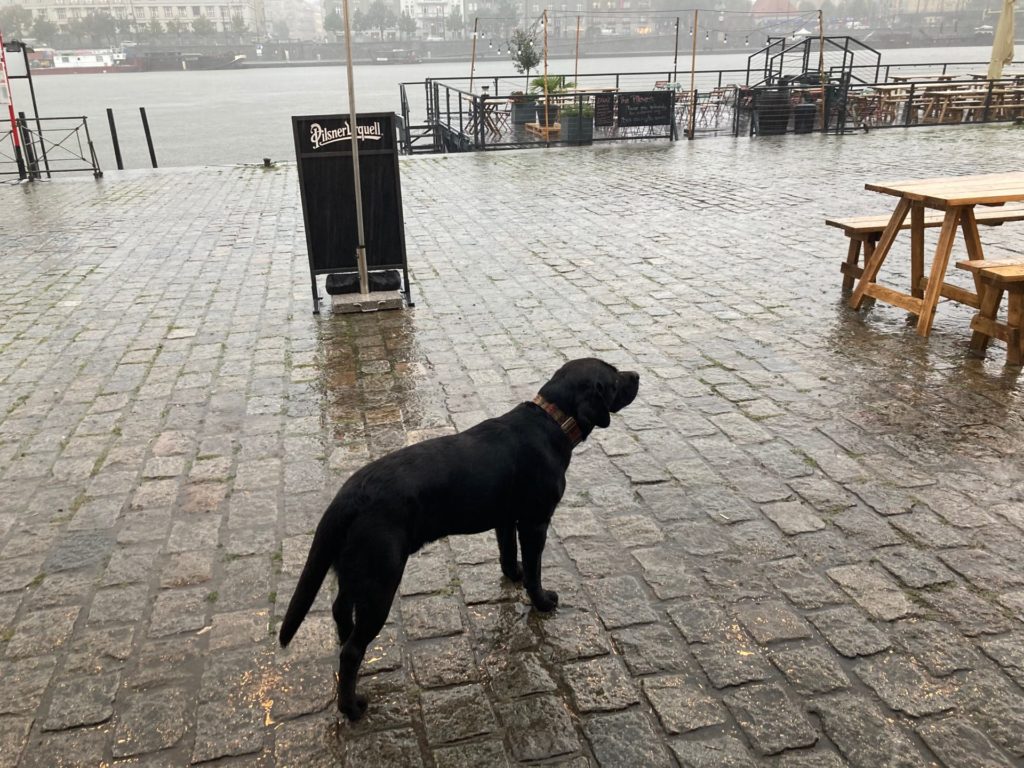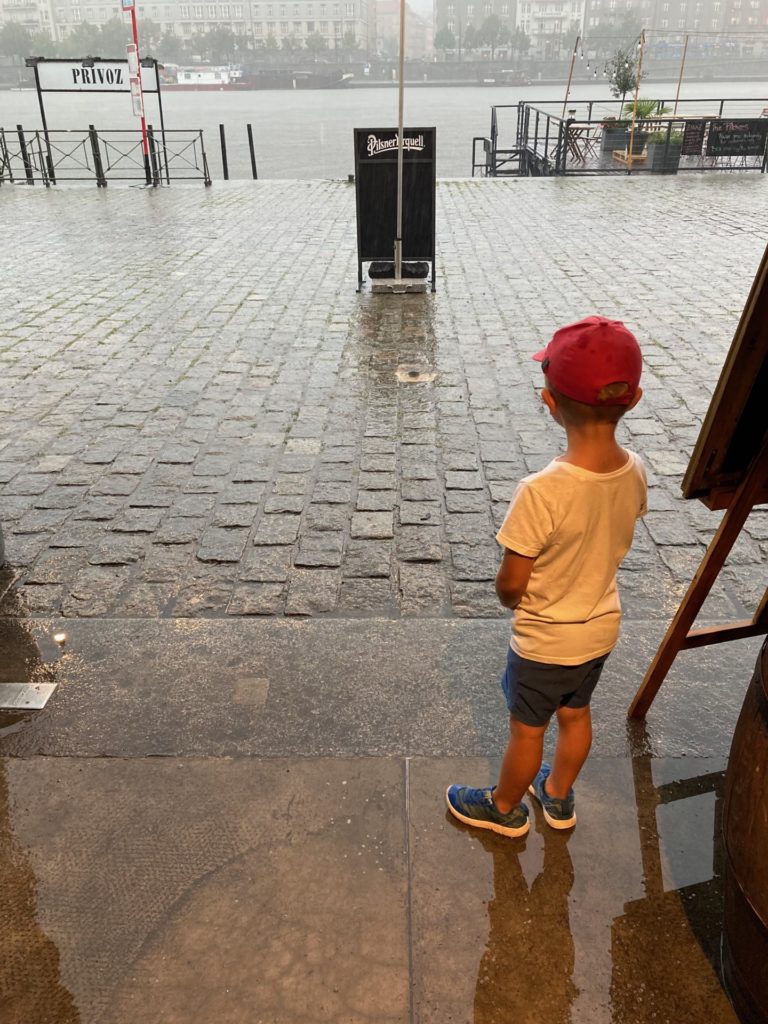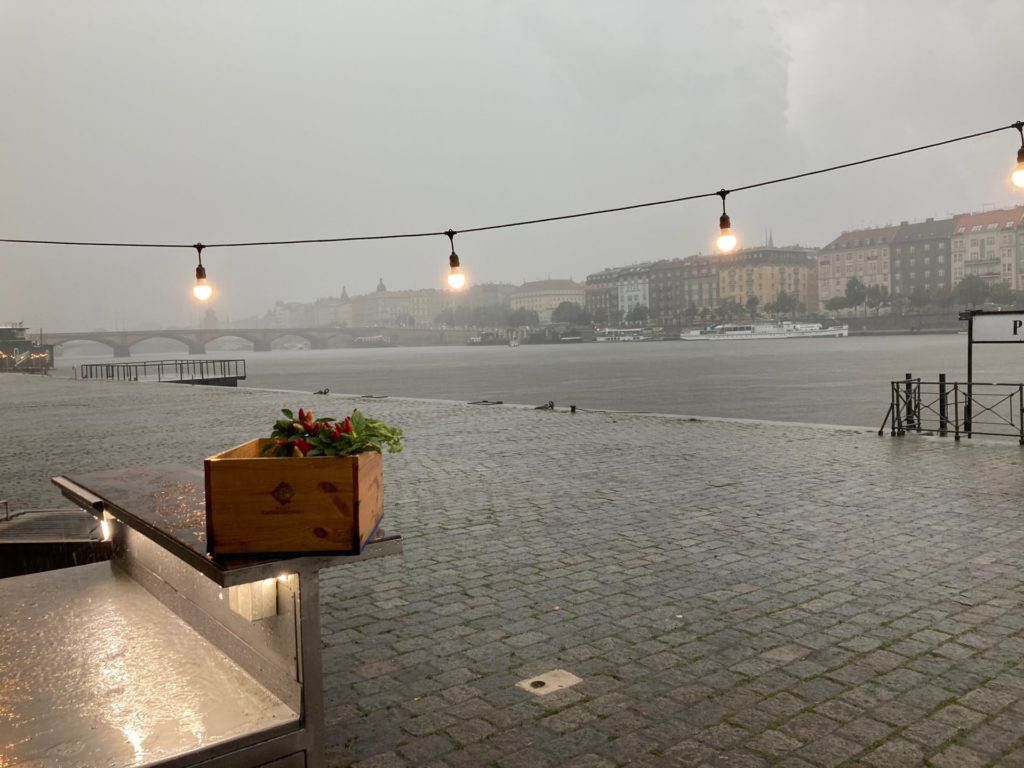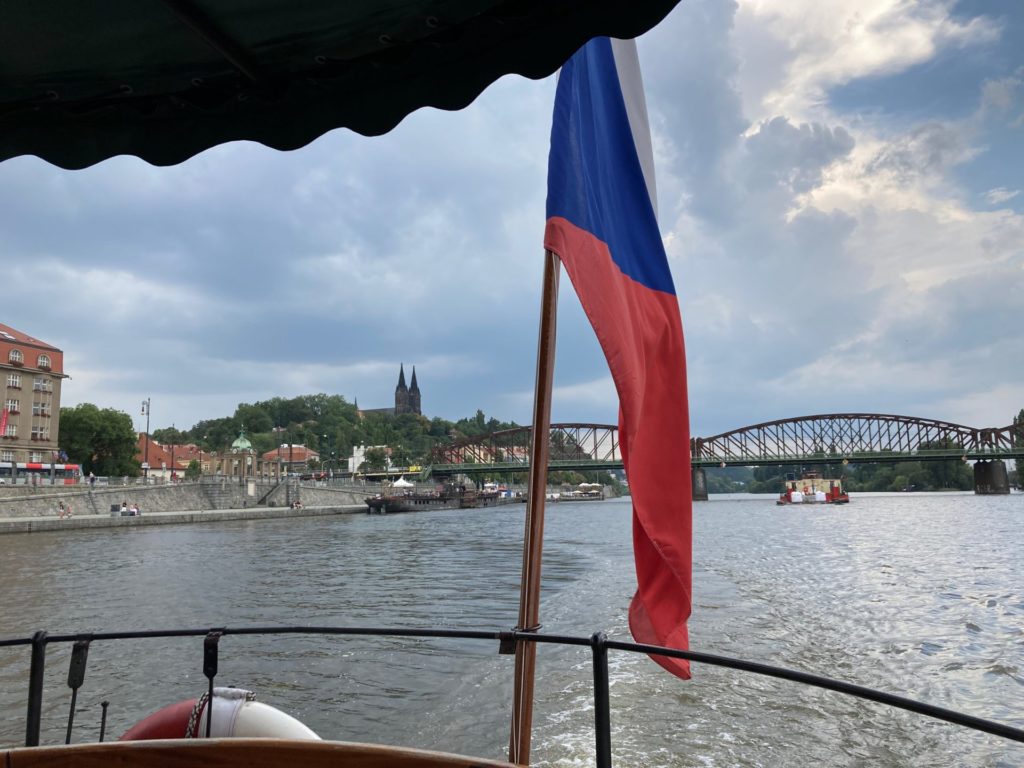In the past, the area around the Railway Bridge was associated with professions whose names are difficult to pronounce even for many Czechs – at least for those who have a problem with the sound “ř”.
They are professions: ledaři – voraři – dřevaři – pískaři.
They all have one thing in common – they were very physically demanding and often life-threatening, and as such, they can serve to make us realize how easy our lives are compared to our ancestors who were active at work only a hundred years before us.
Ice cutters (ledaři)
These men were cutting ice on the Vltava river with large saws. The long pieces were called “benches”, they were then cut into smaller pieces, which were called “shutters”. Perhaps because each such block of ice released a hole on the frozen surface of the river through which the water could be seen – such a “window into the river”. Ice was delivered around town and served as a cooling medium in refrigerators before the invention of electric refrigerators.
Today, ice cutters would no longer make a living – double-wall cabinets with a container for pieces of ice have been substituted by electric refrigerators. The second reason is that the so-called Vltava Cascade, a system of nine dams on the Vltava, was built. Relatively warm water flows from the bottom of the dams, so today the river in Prague no longer freezes over, and ice cutters could at best act as lifeguards in the winter at a swimming pool for the hardy.
Raftsmen (voraři)
They floated tree trunks on rivers. They used simple oars to manage the voyage of long trunks tied together. In the swift water, they stood on slippery tree trunks, hardly a more dangerous job imaginable. Thanks to raftsmen, the part of Prague on the right bank of the Vltava near the Railway Bridge is called Výtoň. Why you can read about it here.
The last rafts arrived in Prague in 1947. Even the profession of rafters ended with the construction of dams on the Vltava.
Woodmen (dřevaři)
Their work was linked to the raftsmen, they processed and sold wood. And if there are no raftsmen, and no wood is brought to Prague, and thus for even woodmen is no work in the capital.
Sand miners (pískaři)
These were the men who mined sand from the bottom of the Vltava River. They had basically primitive tools – special shovels with up to six-meter long handles. Looking at the boats they used to bring the sand to the bank, one doesn`t want to try to imagine how many times they had to dive such a shovel into the water flow to fill the boat. Not to mention the fact that today’s suction dredgers can do in one sip what a bunch of sand miners can do in a whole day. (Even though sand from the Vltava is fortunately no longer mined in Prague.)
(Photos)
It’s a natural evolution – professions disappear, and new ones arise. Even so, we are left with some reminders or memories of them. On the right bank of the Vltava River behind the Railway Bridge, there is the already mentioned Výtoň and the former customs house of the raftsmen. On the left side of the river, is the Smíchov riverside. There was one of the important places where the sand was transferred from ships to a horse-drawn carriage.
Today the riversides have become pleasant cultural centers on both sides of the Vltava. You can go there to a creative workshop, a cultural event, or just sit and watch the river with a cold beer in your hand. This view never will never get boring…

Vyšehrad and water below, above, and all around (August 26, 2022)












